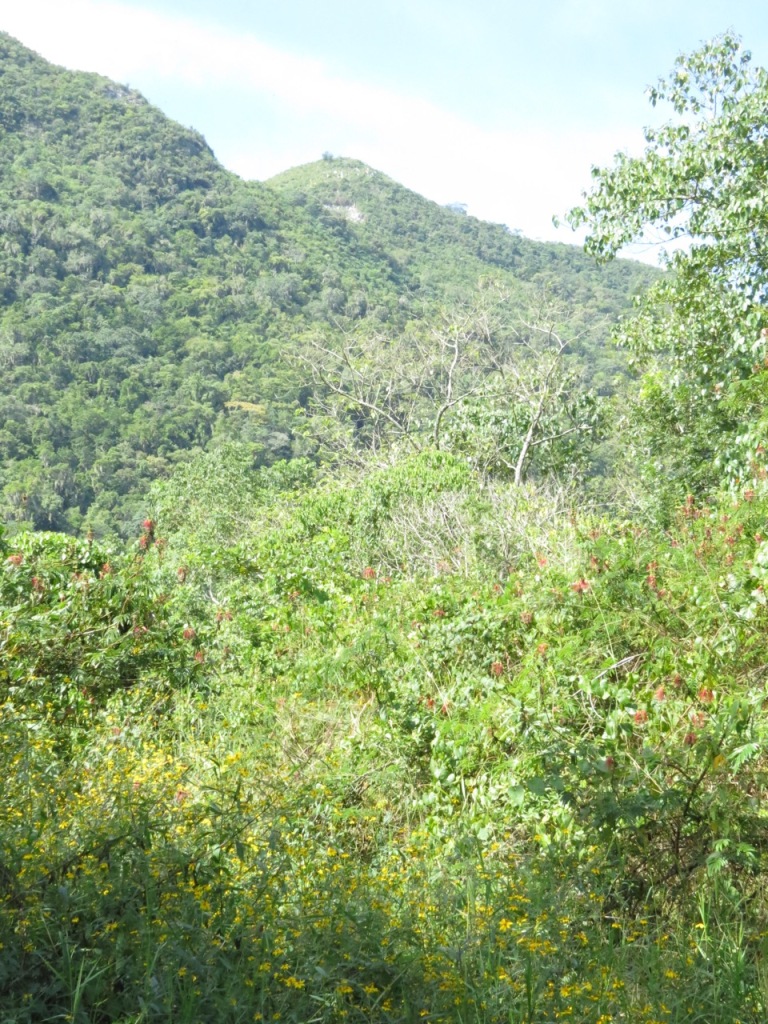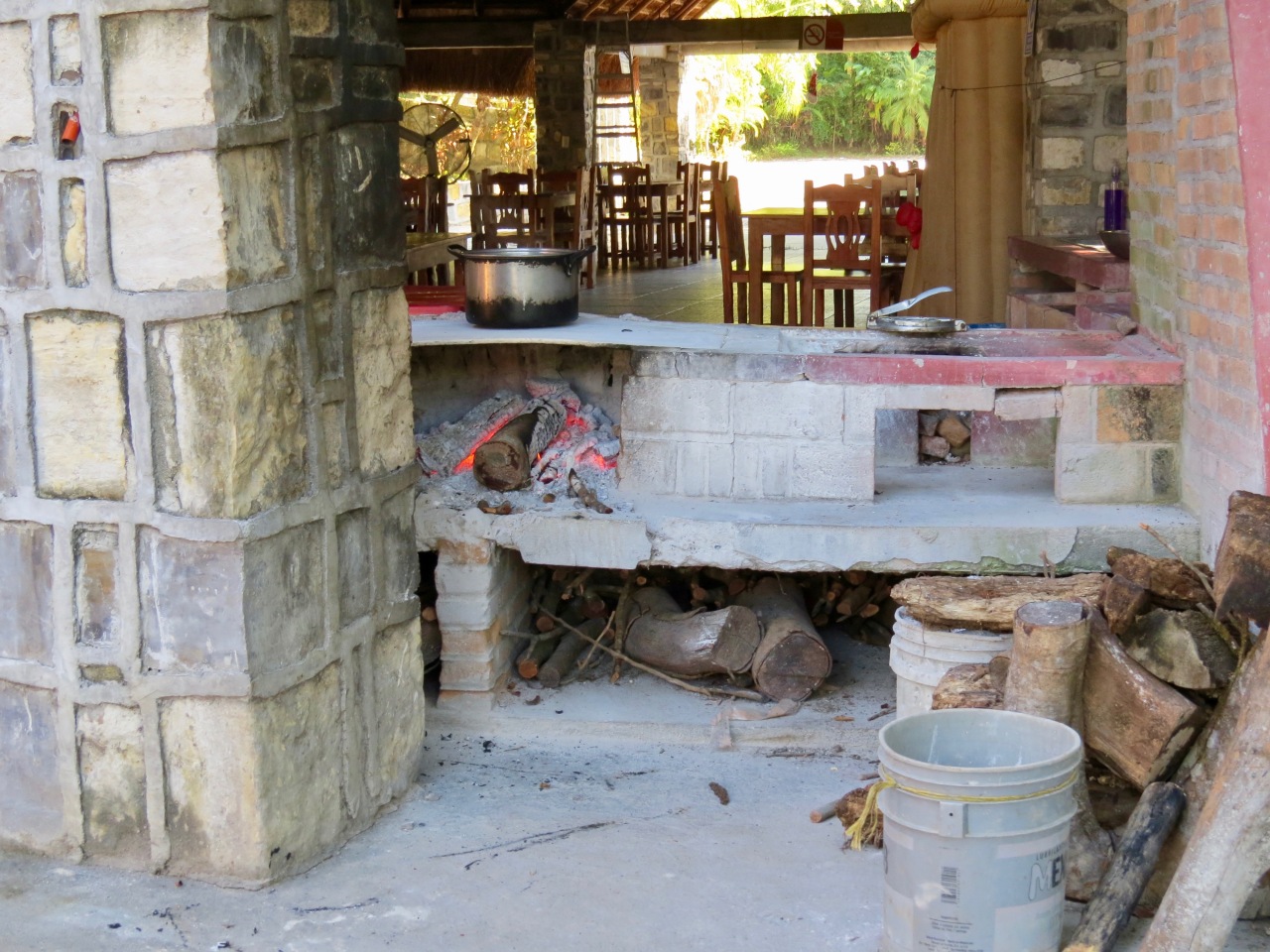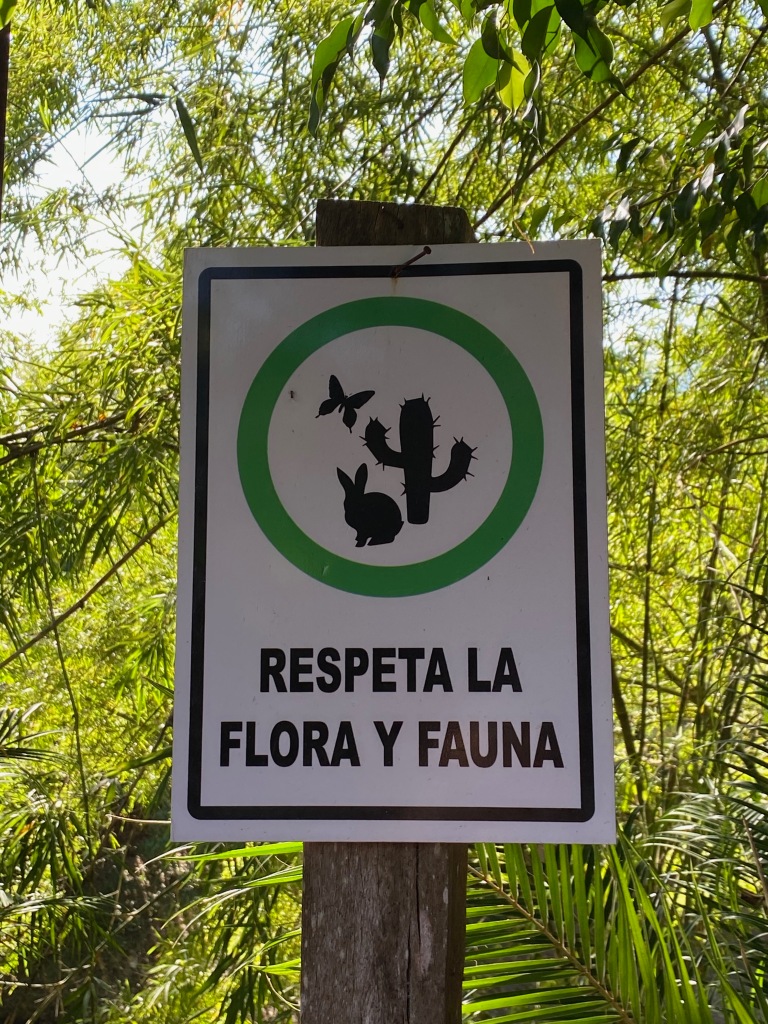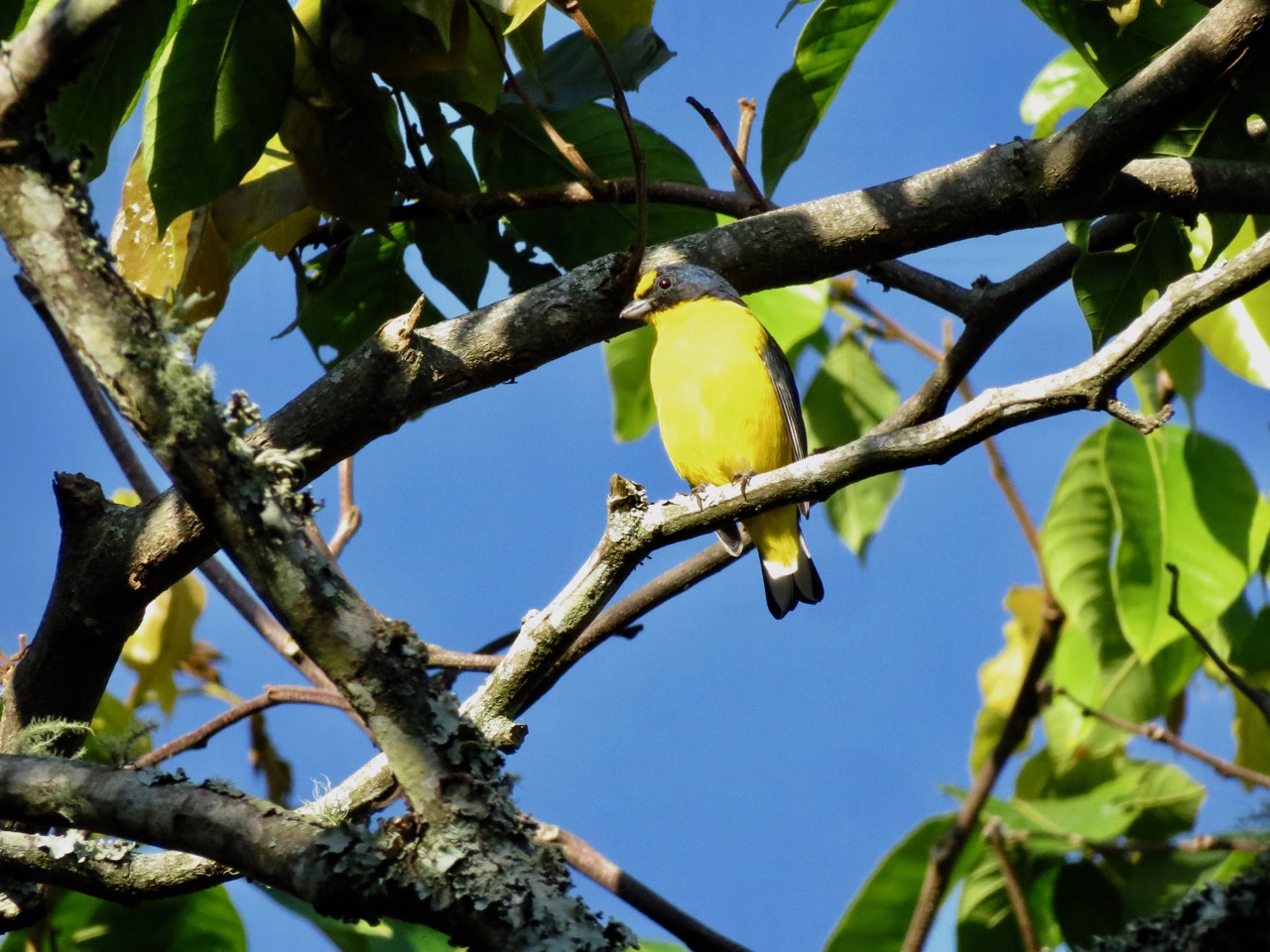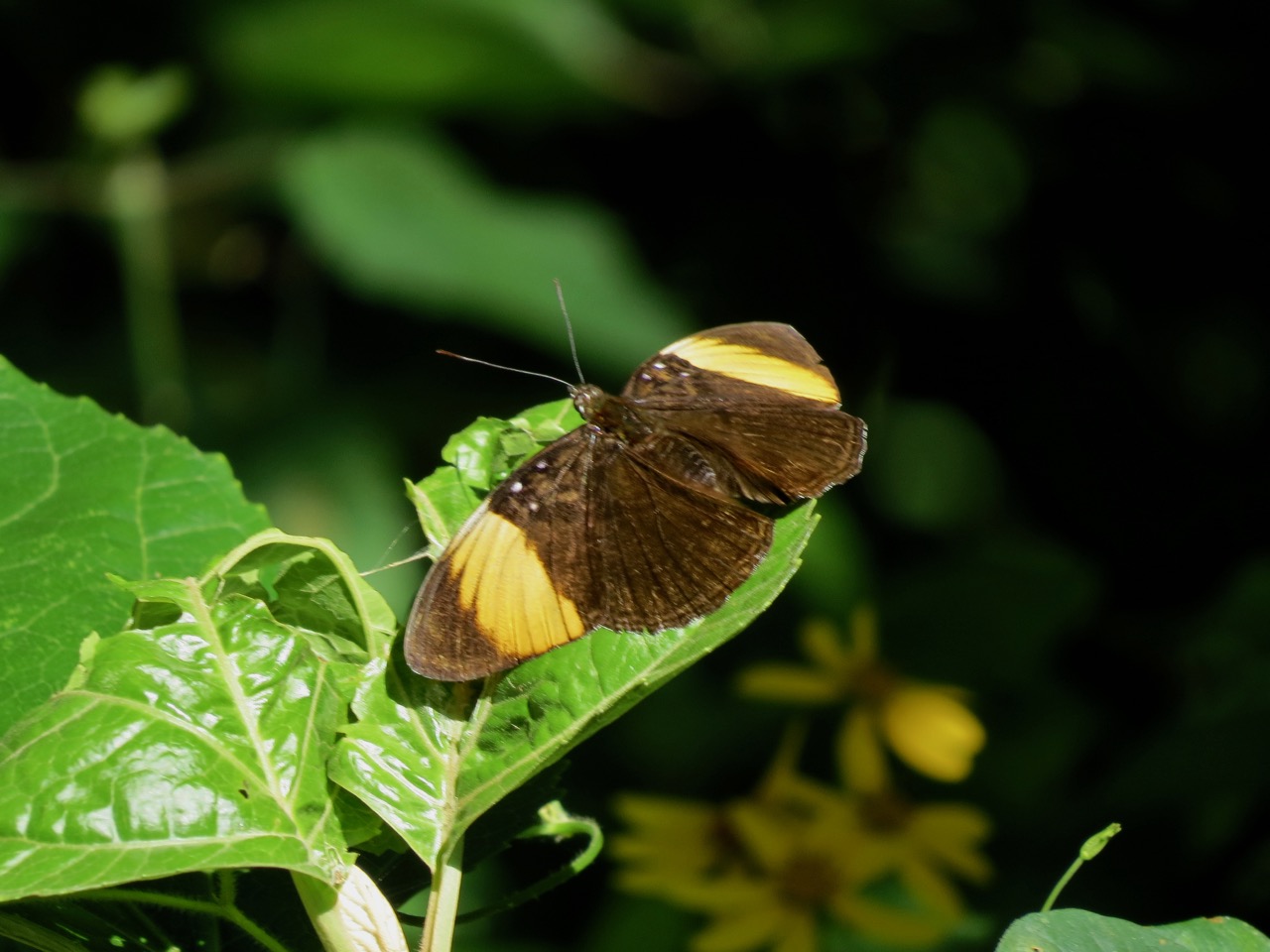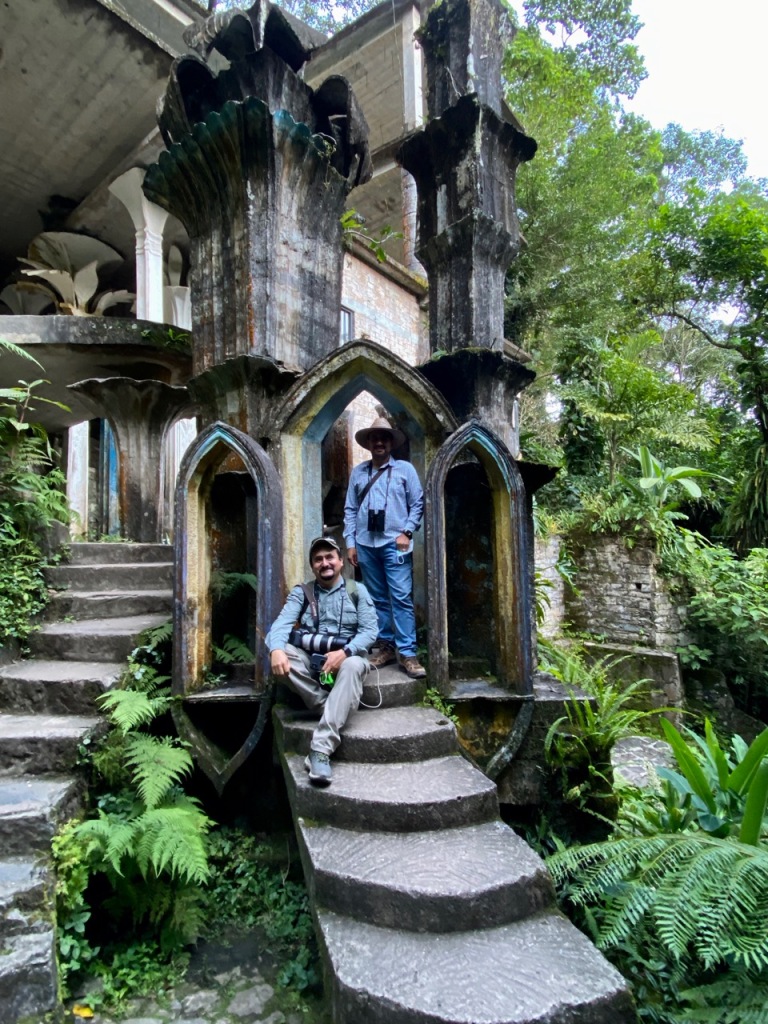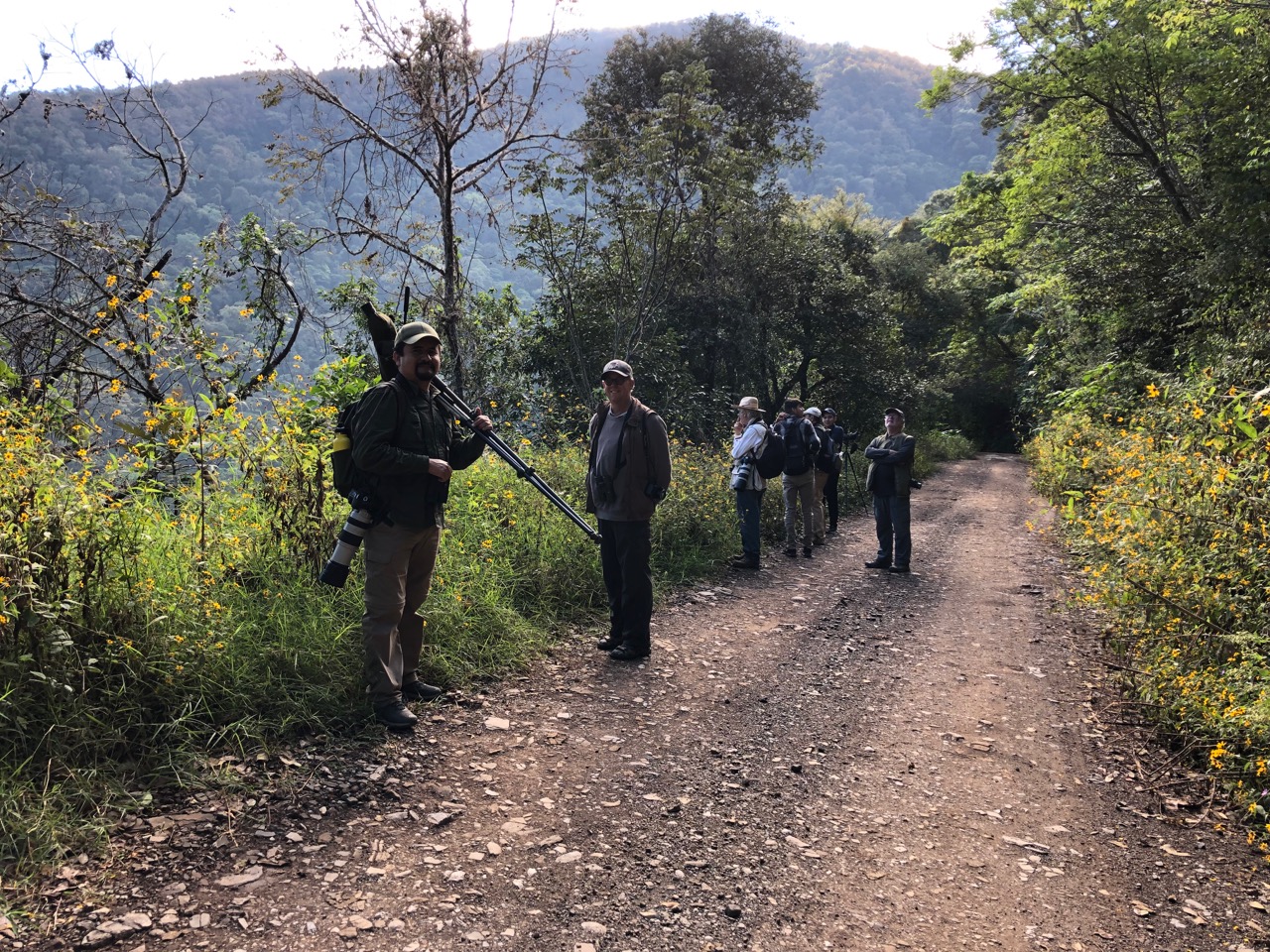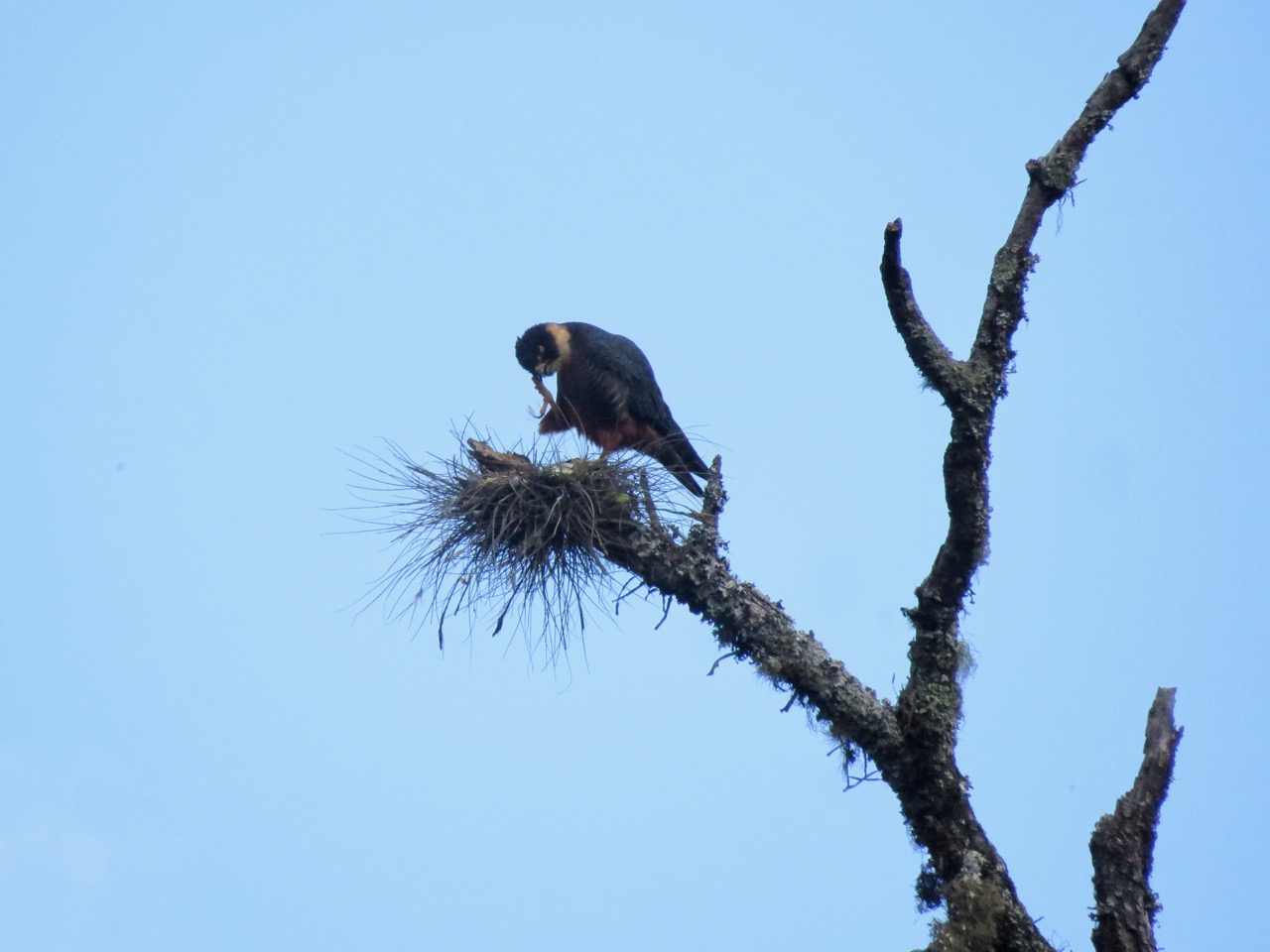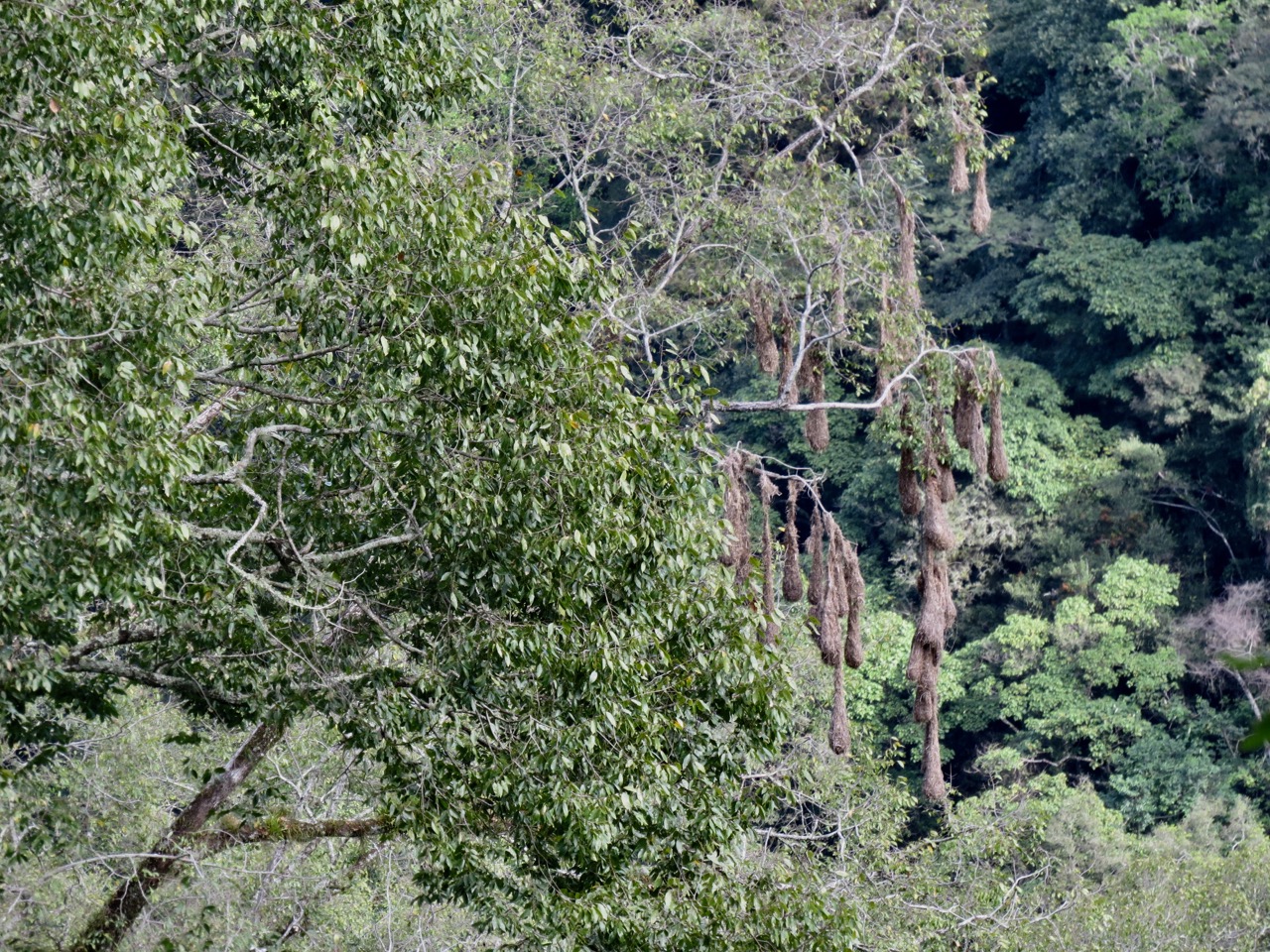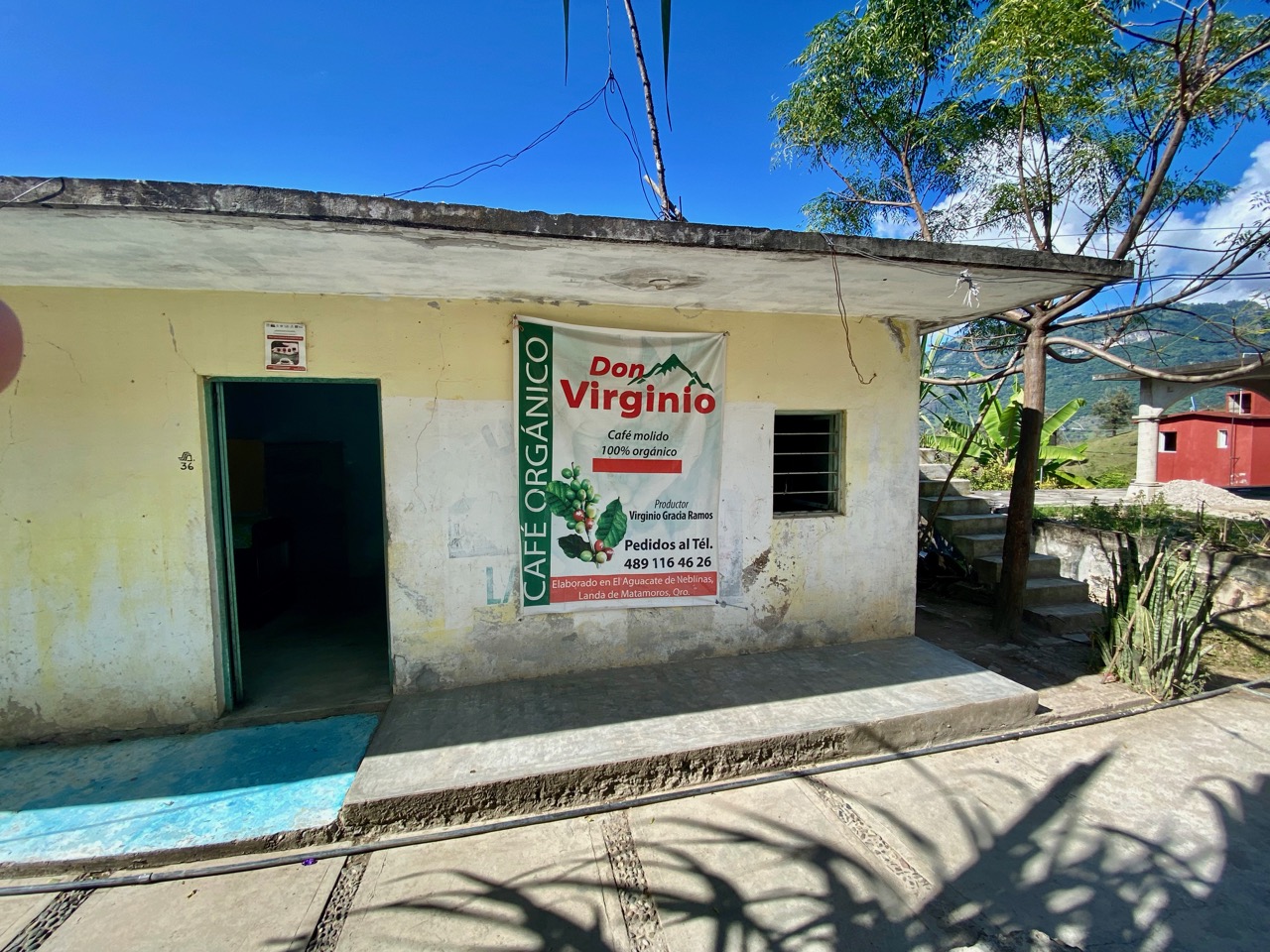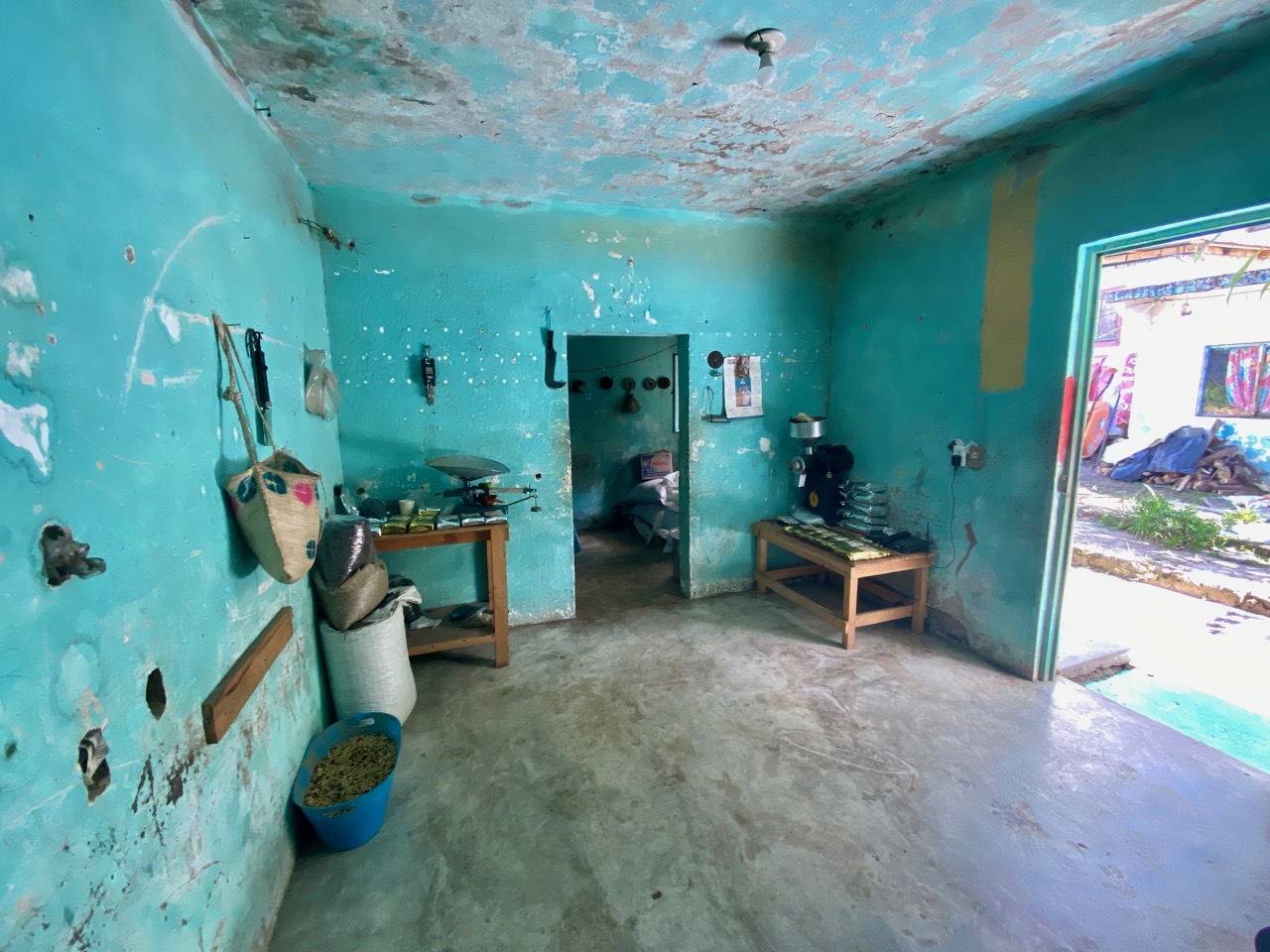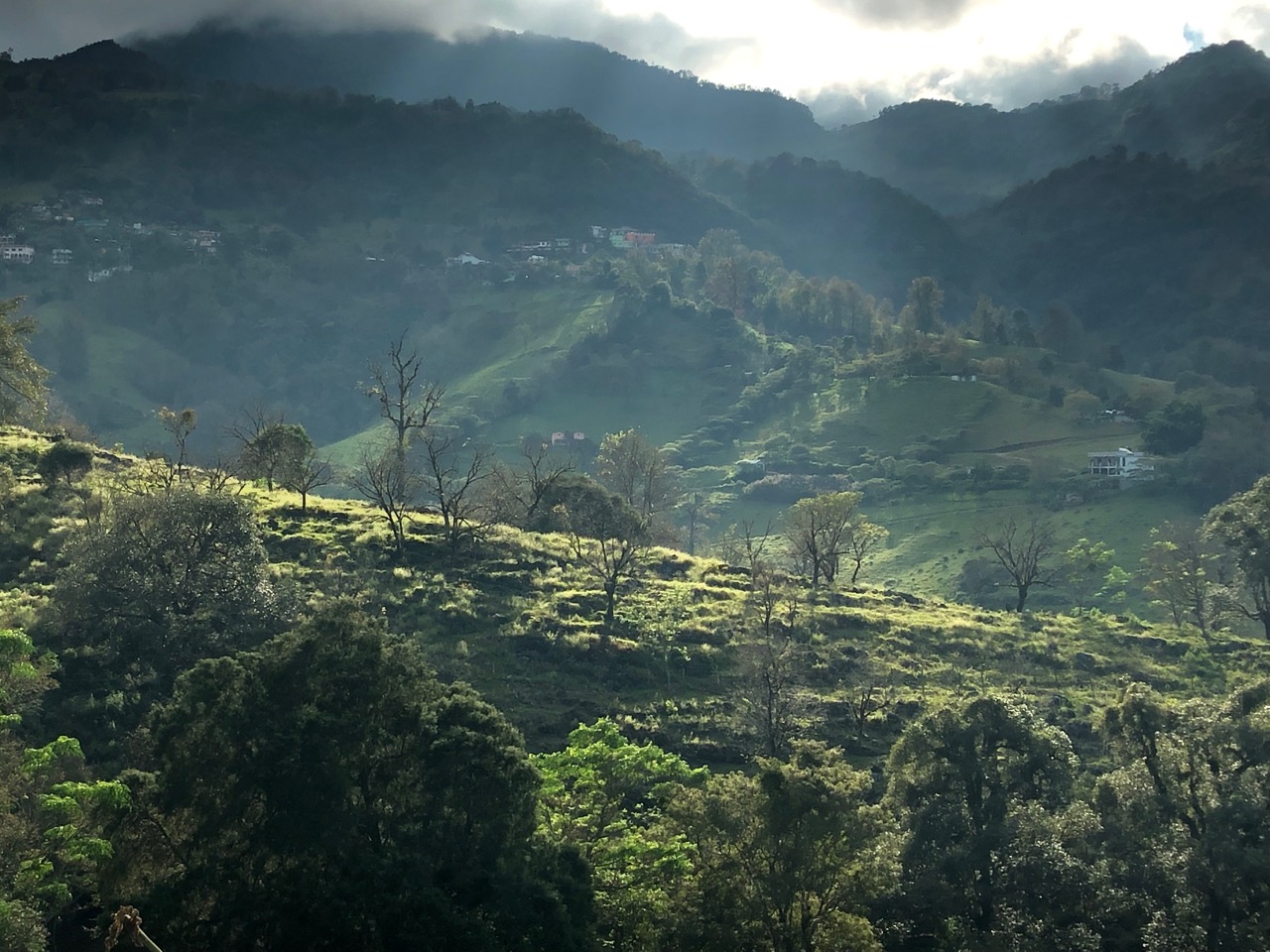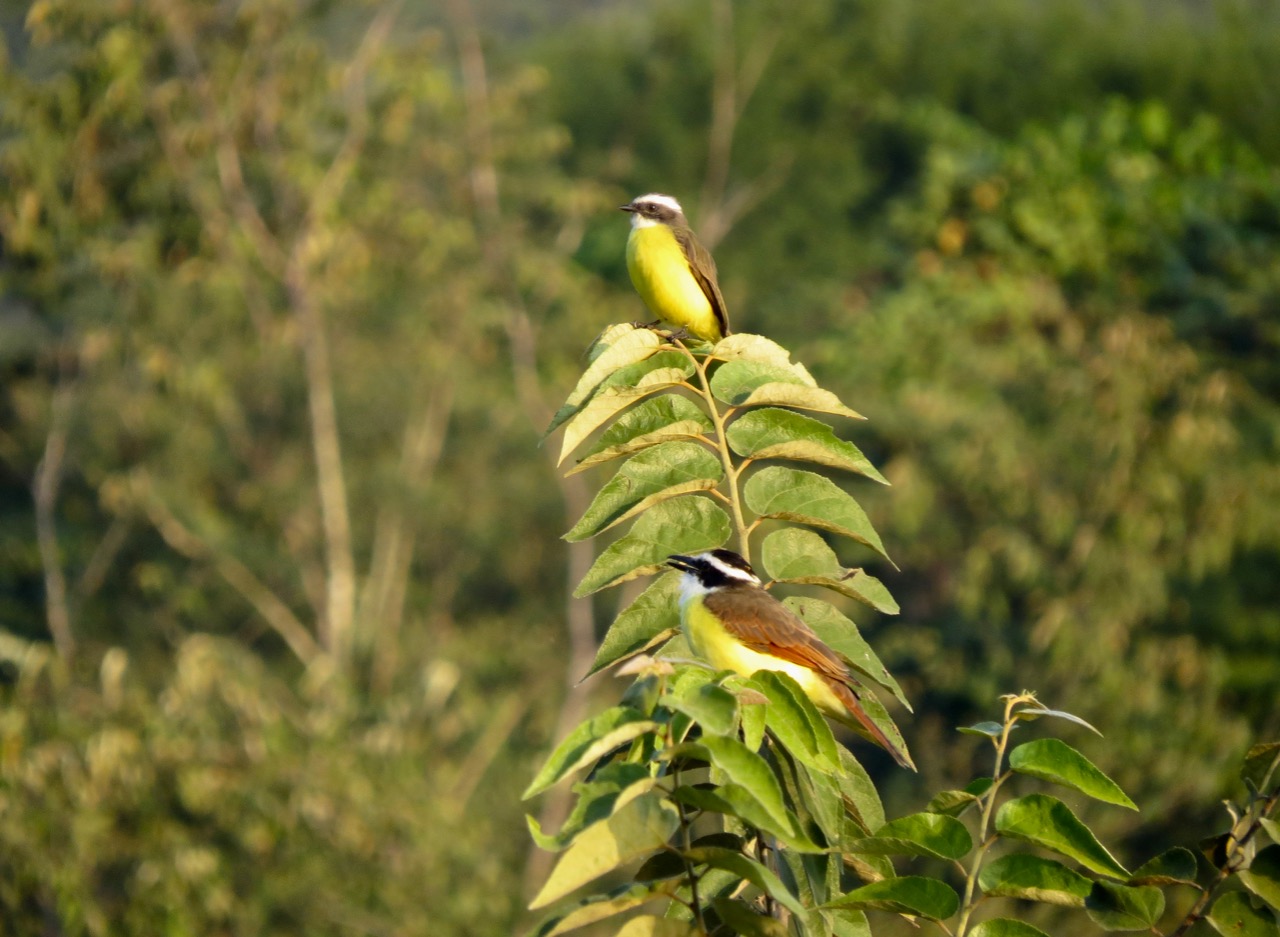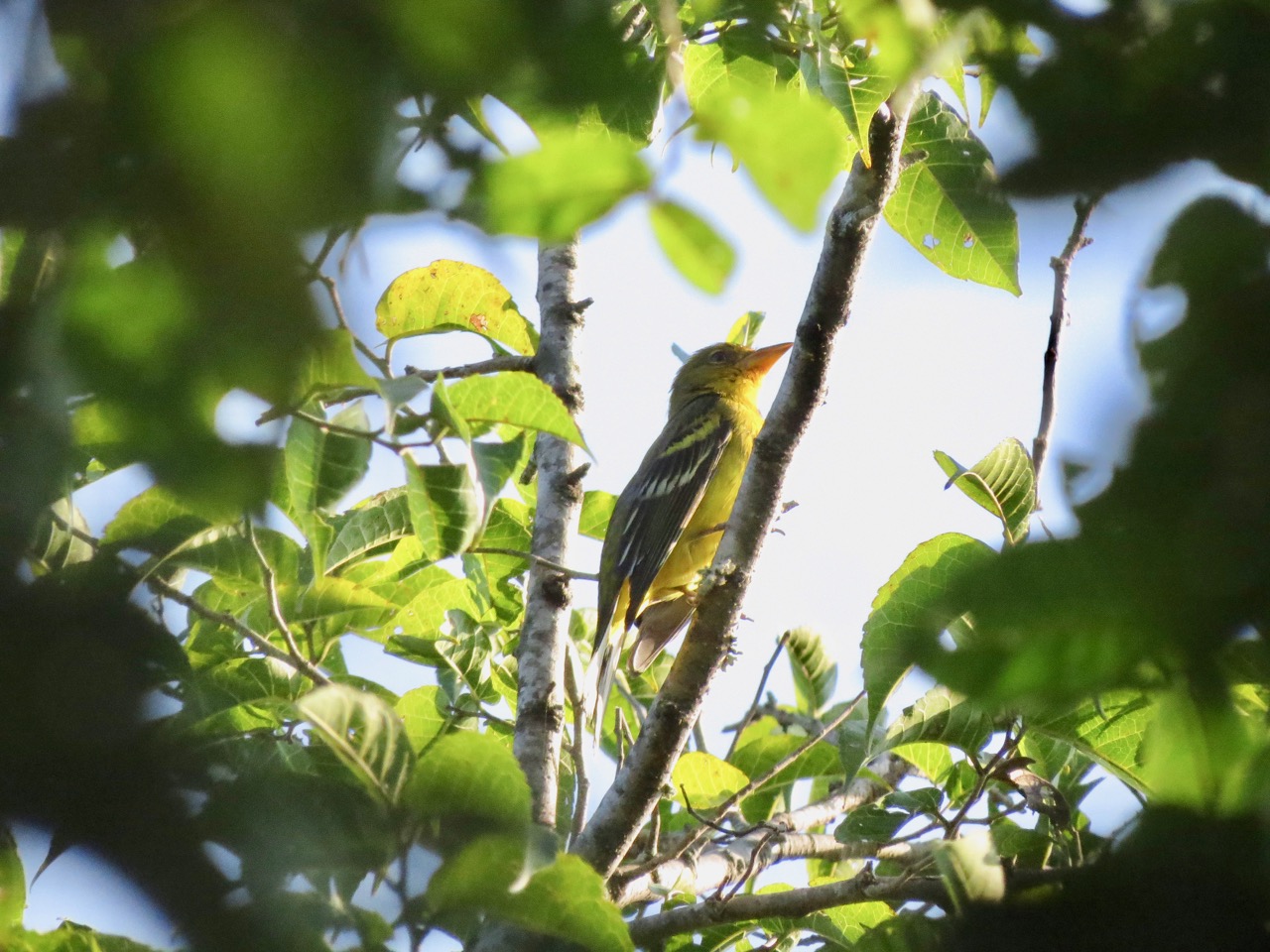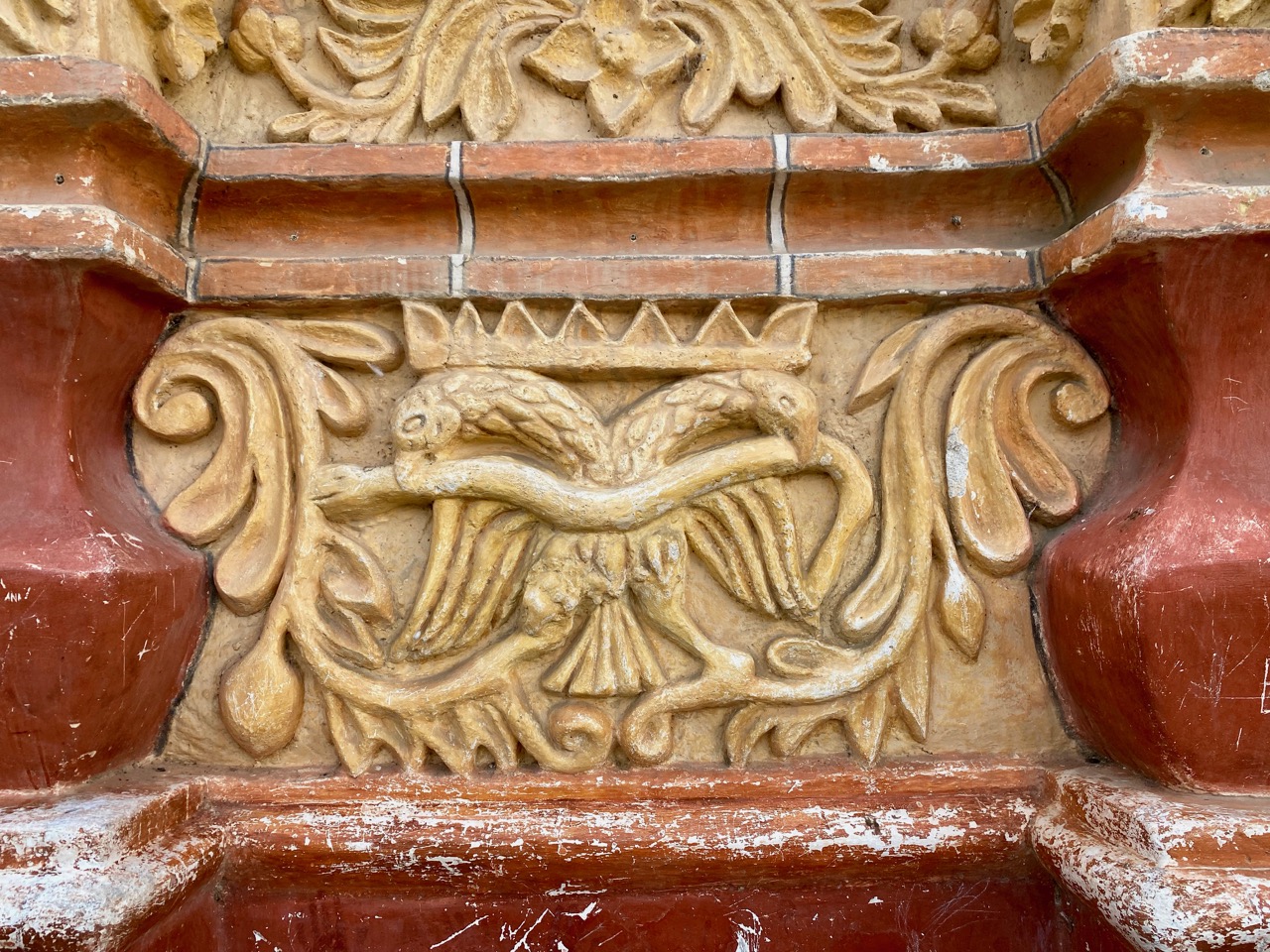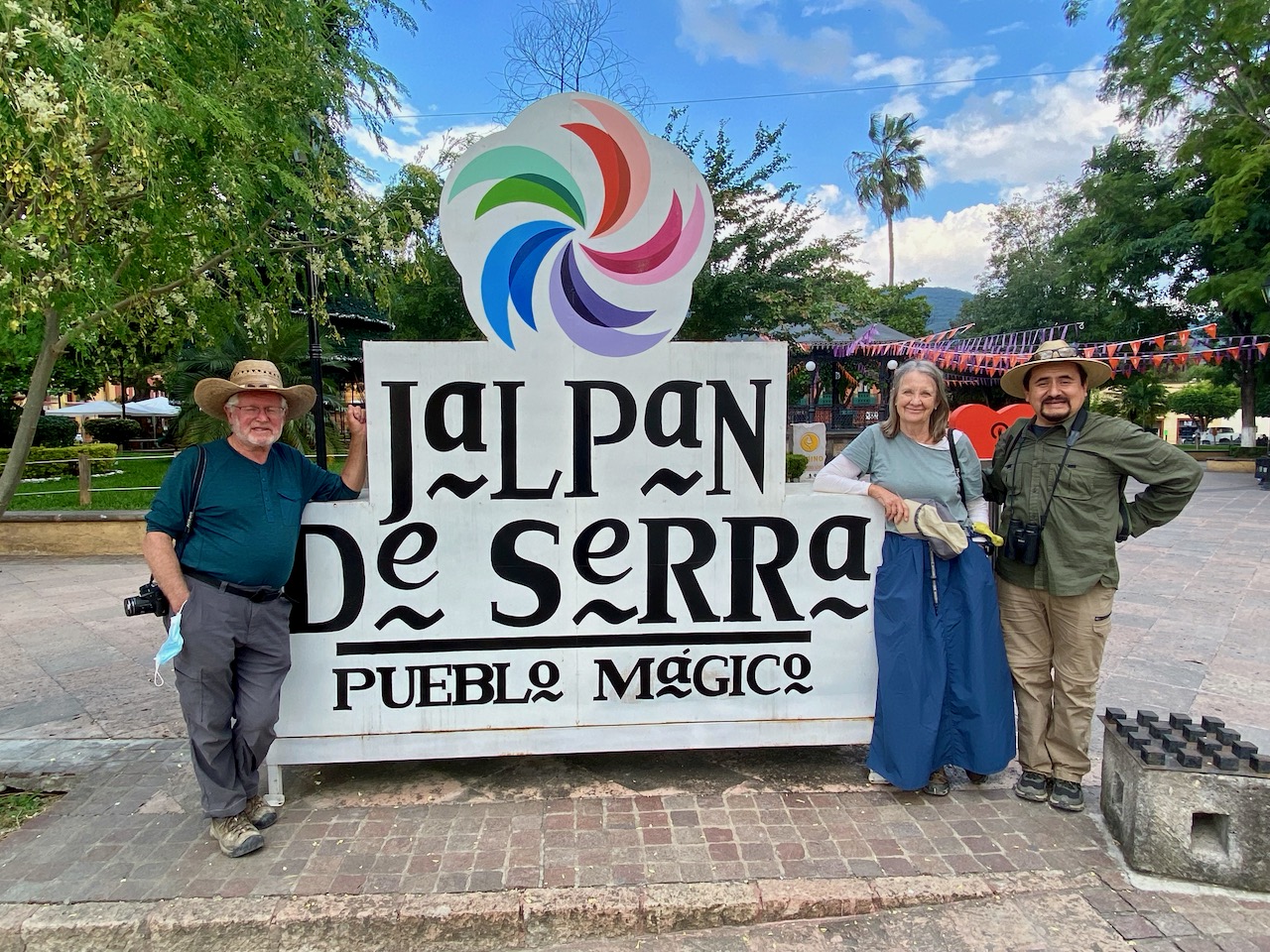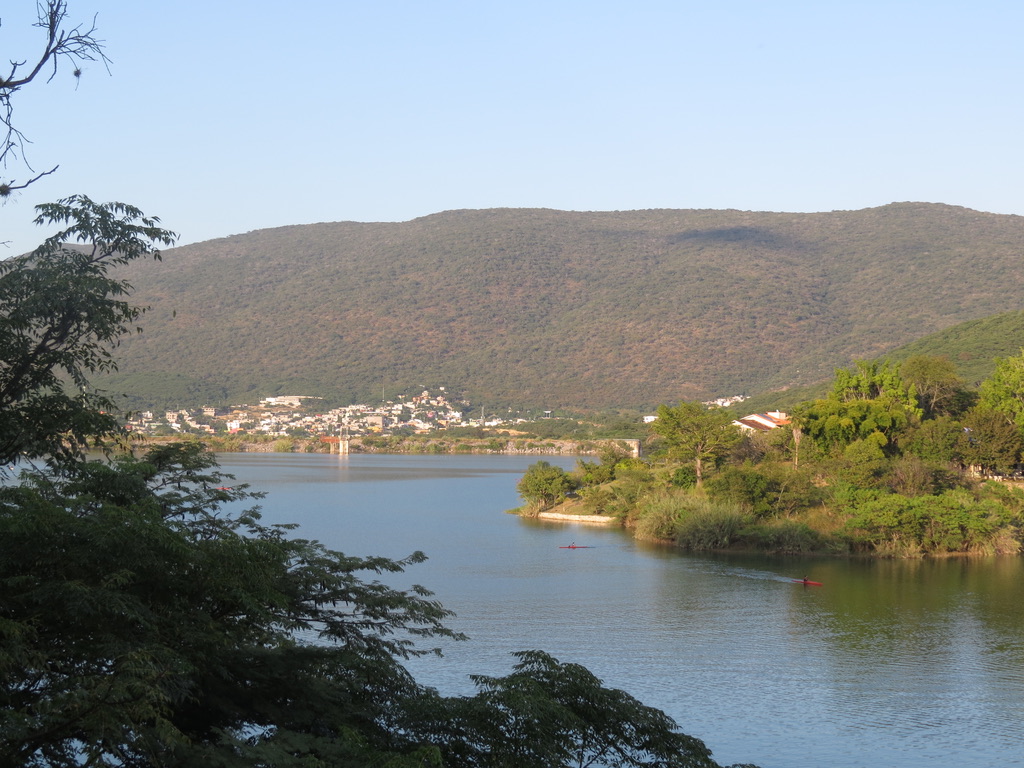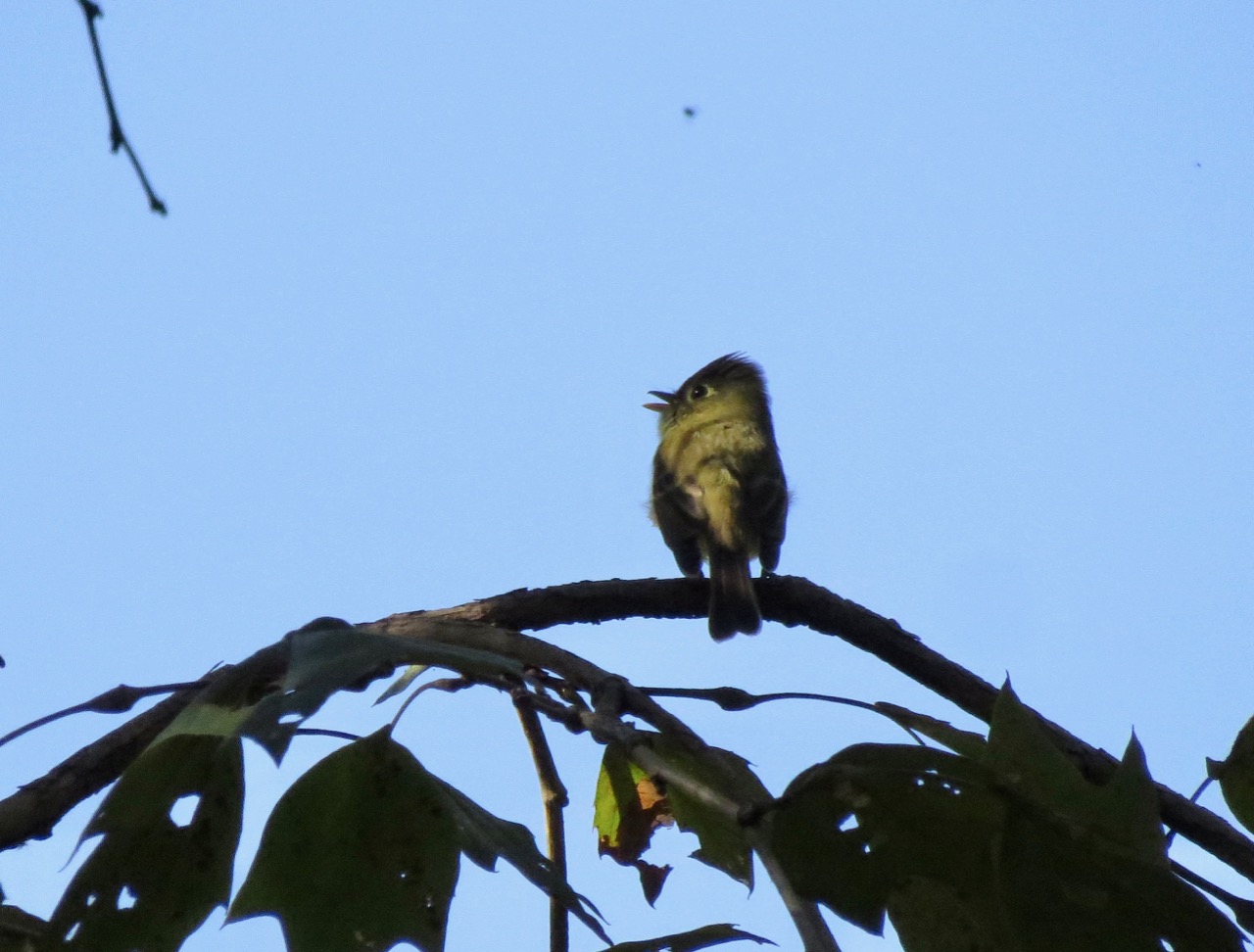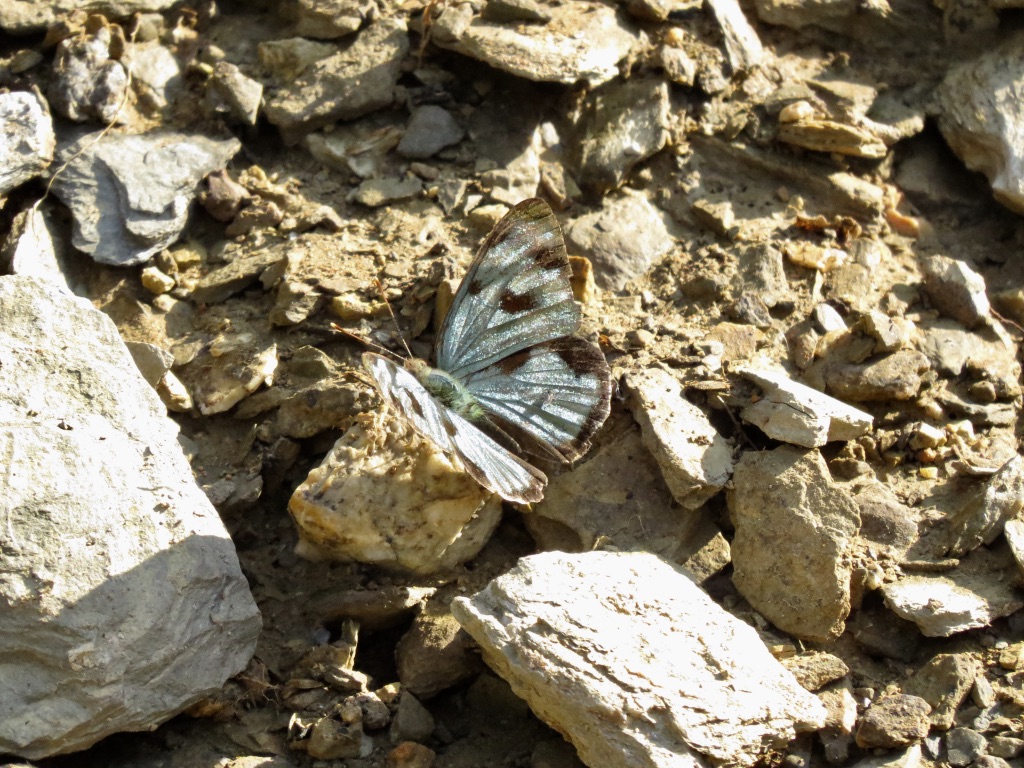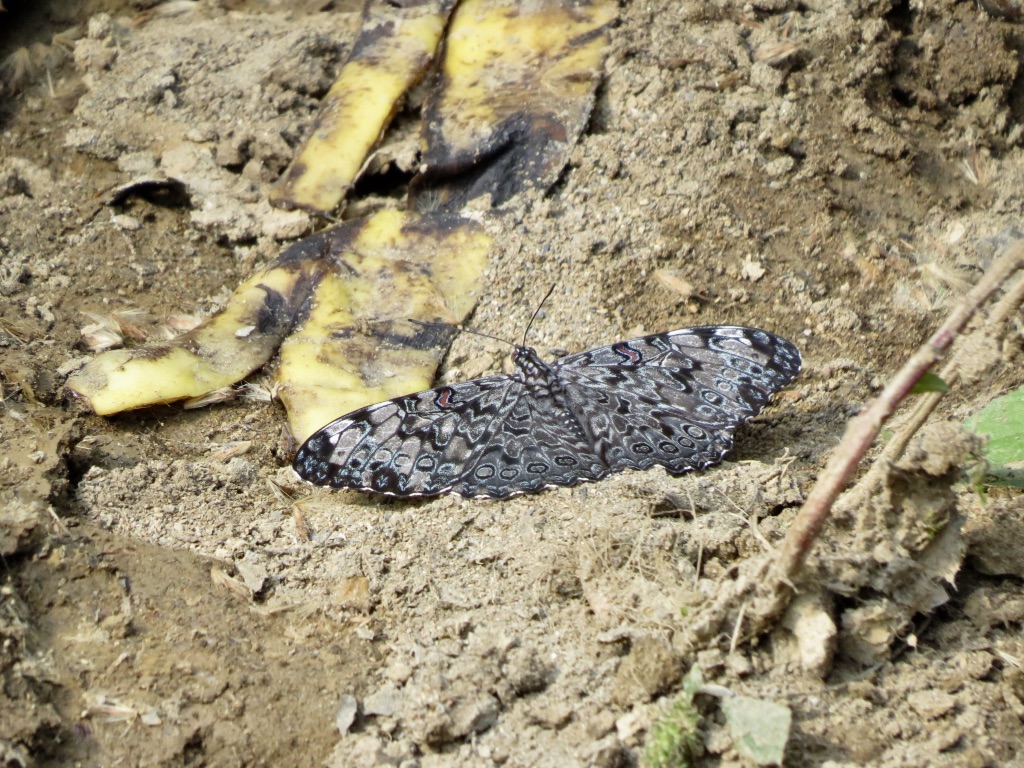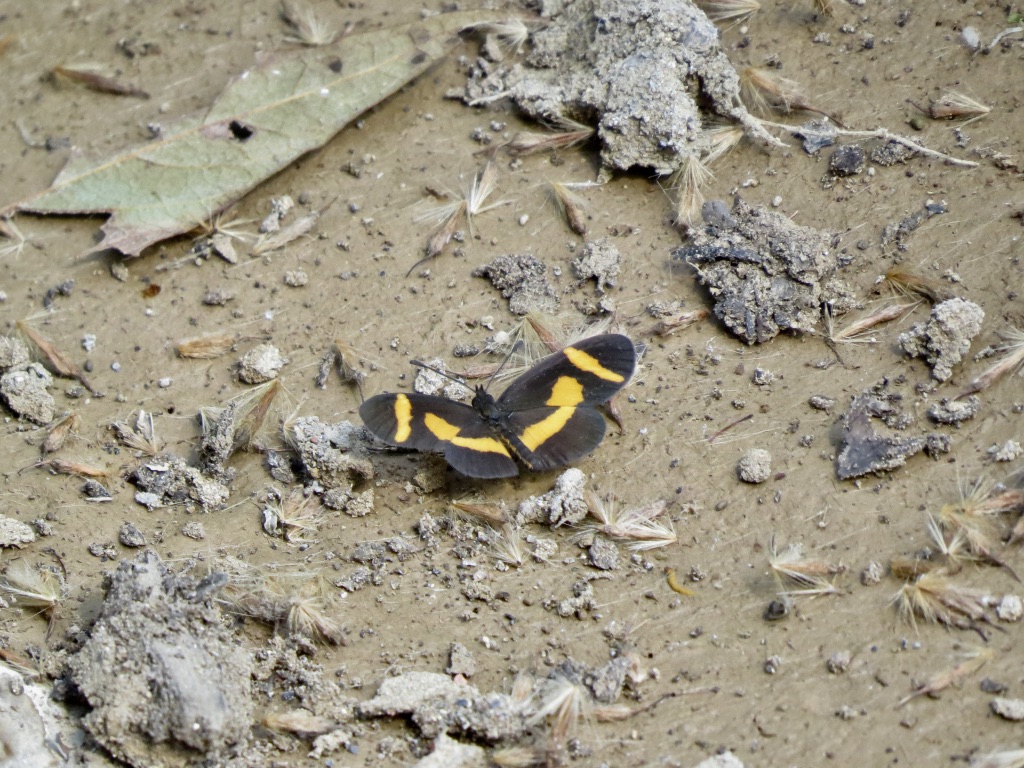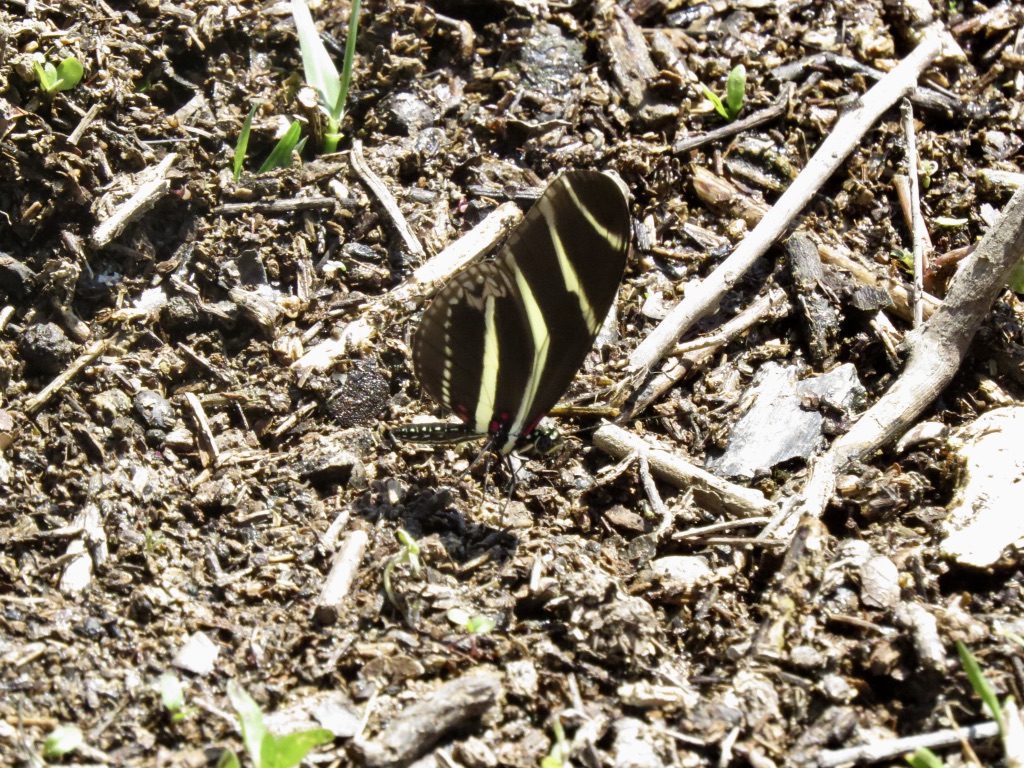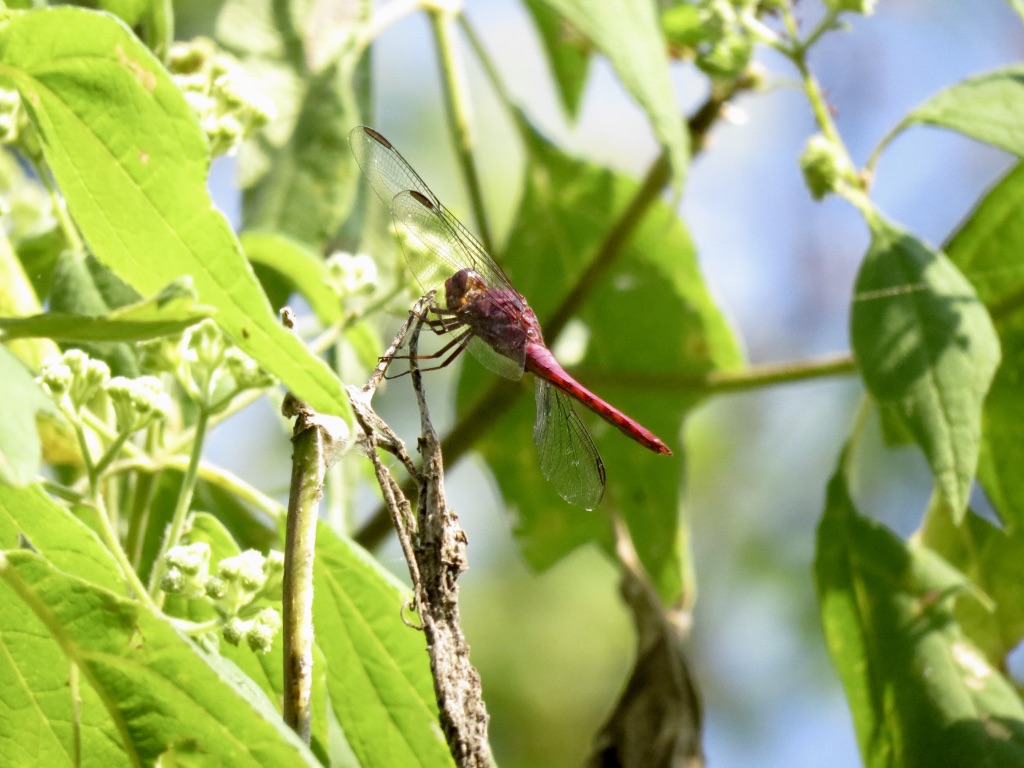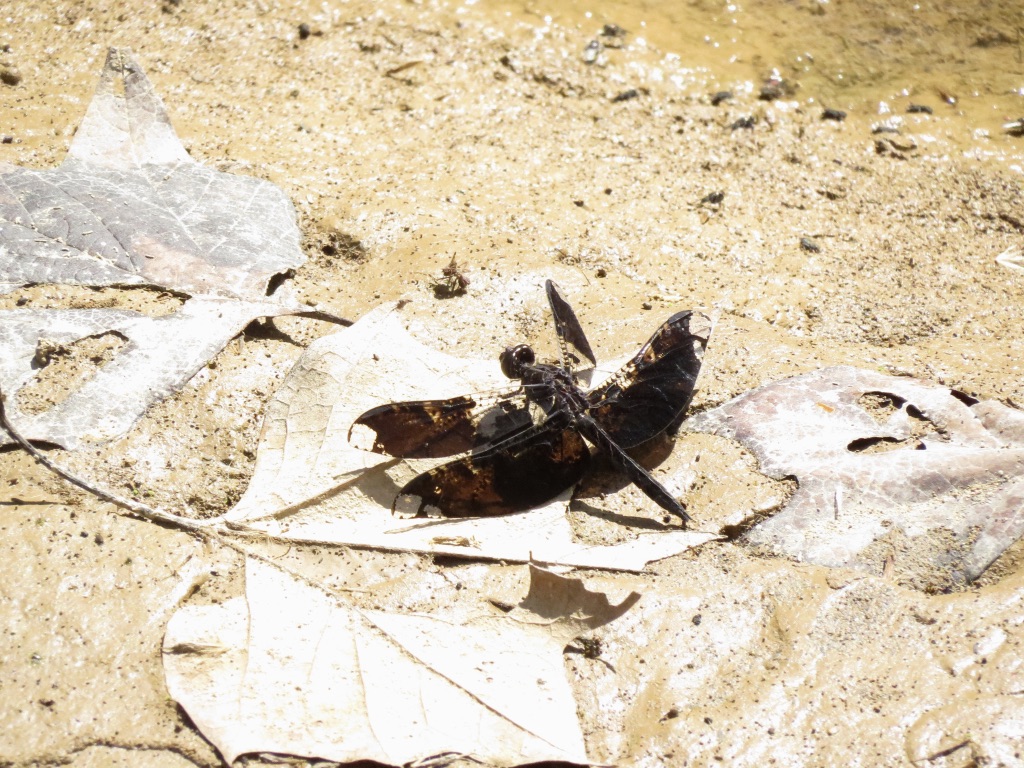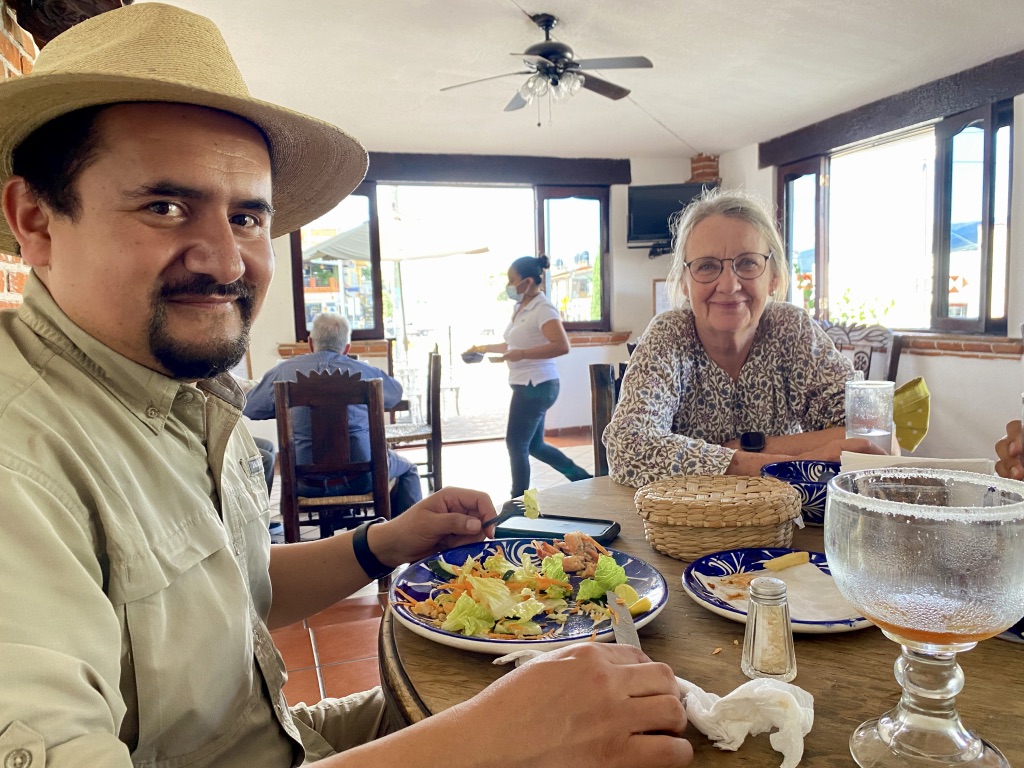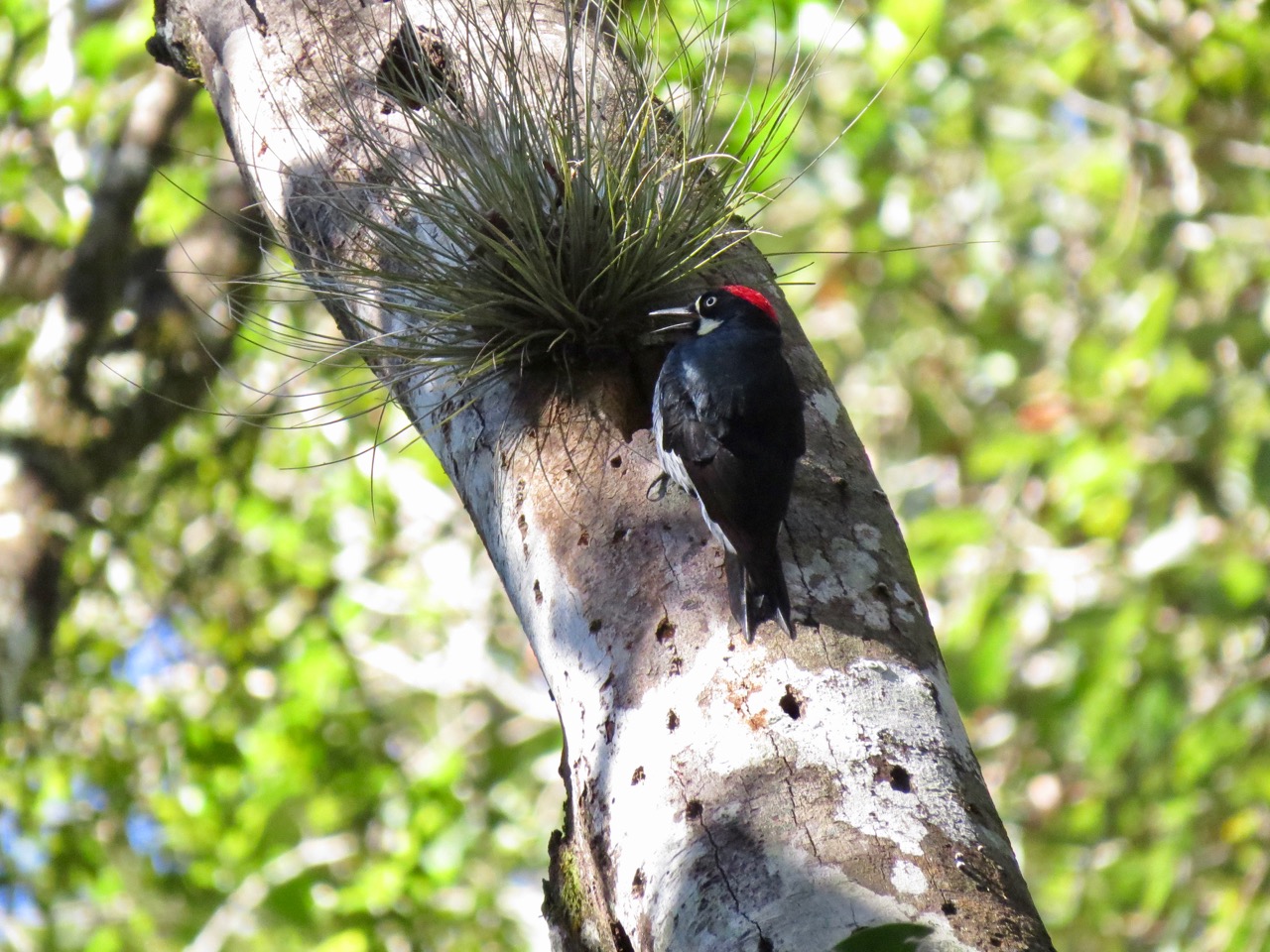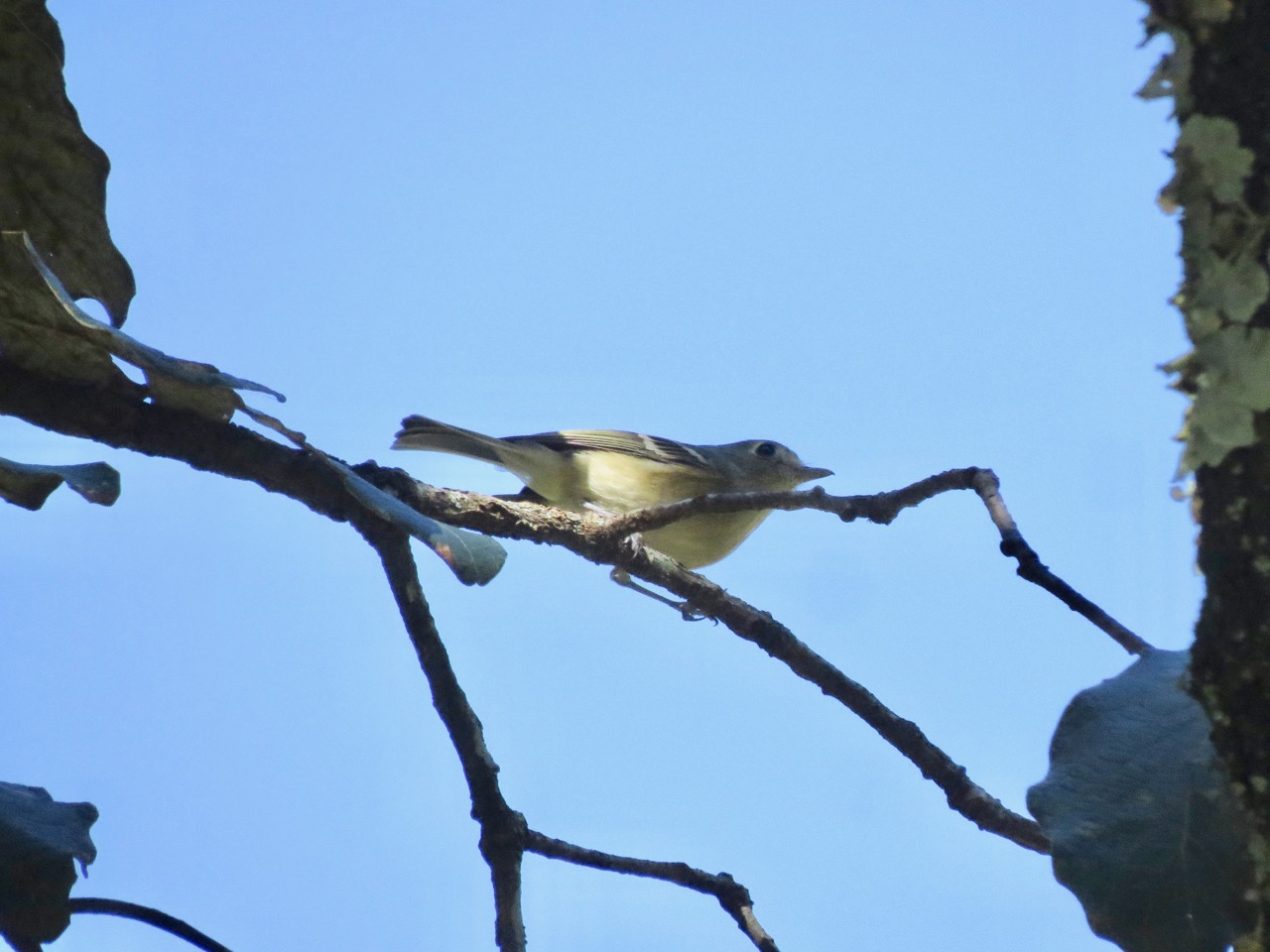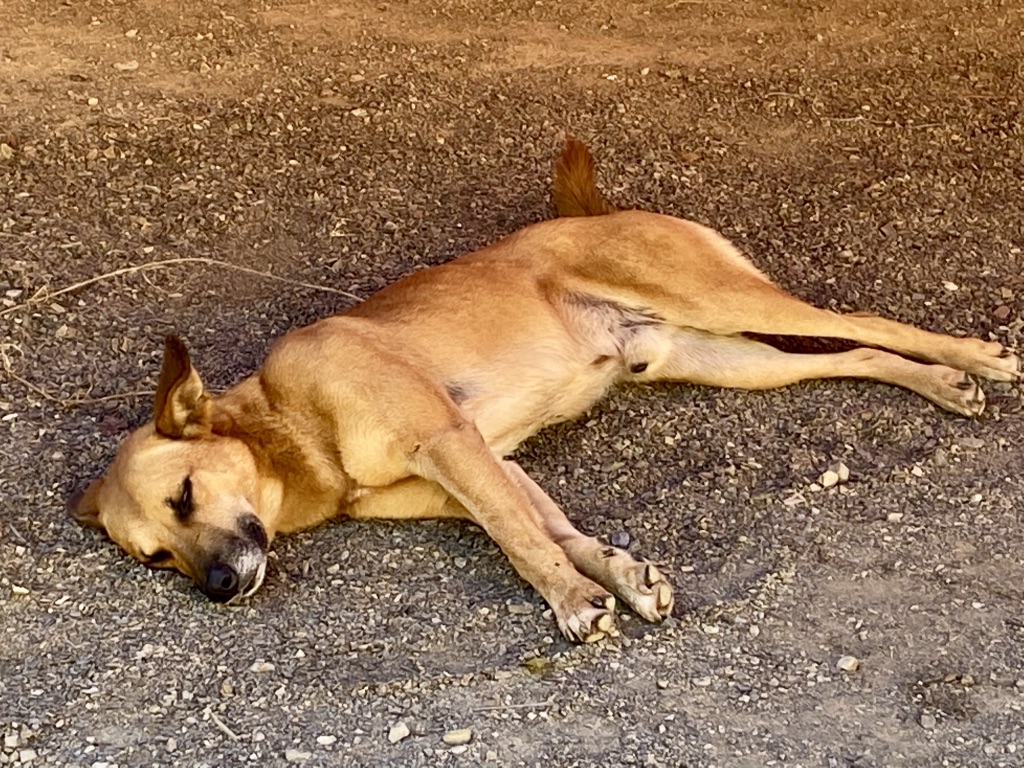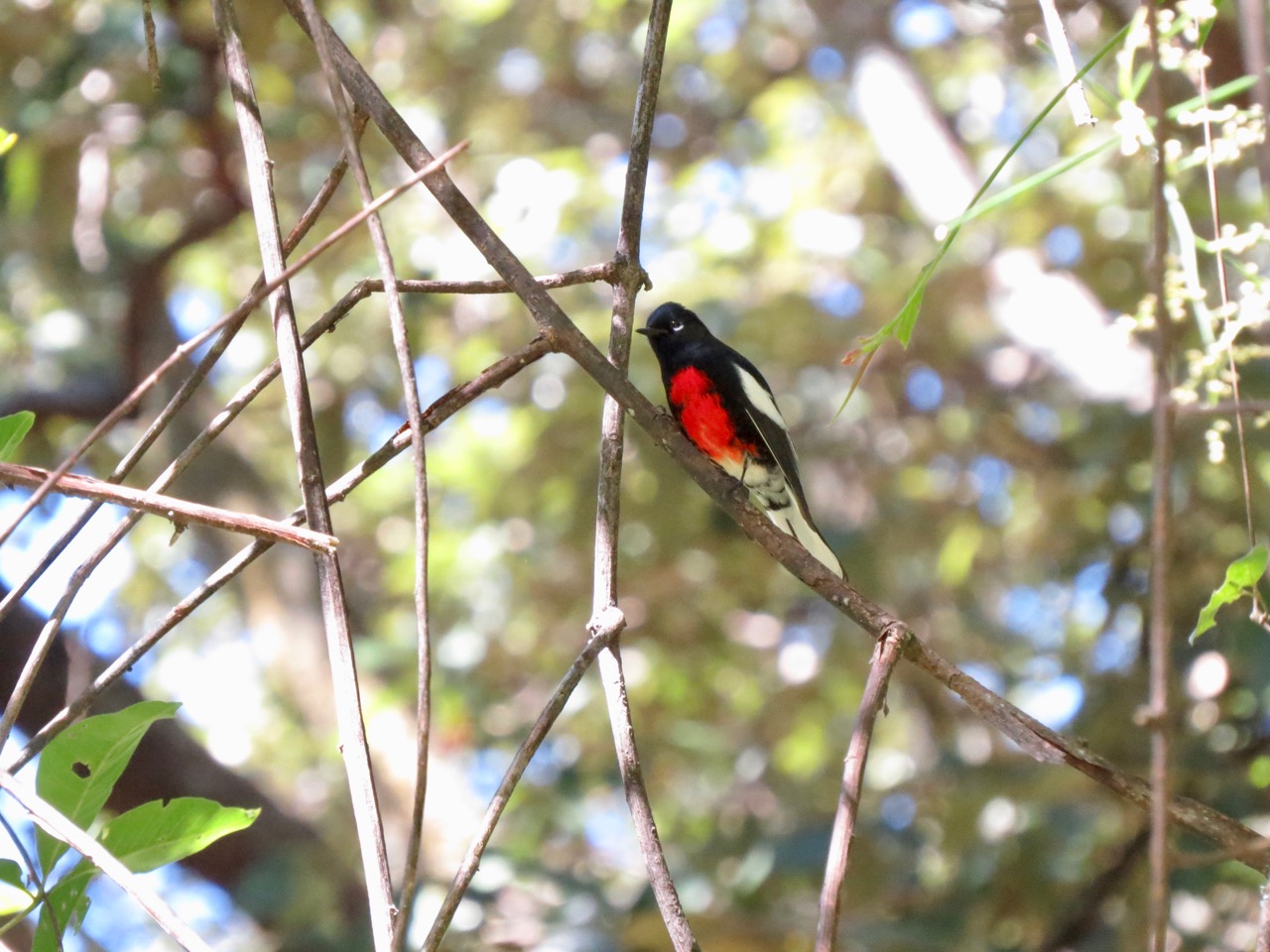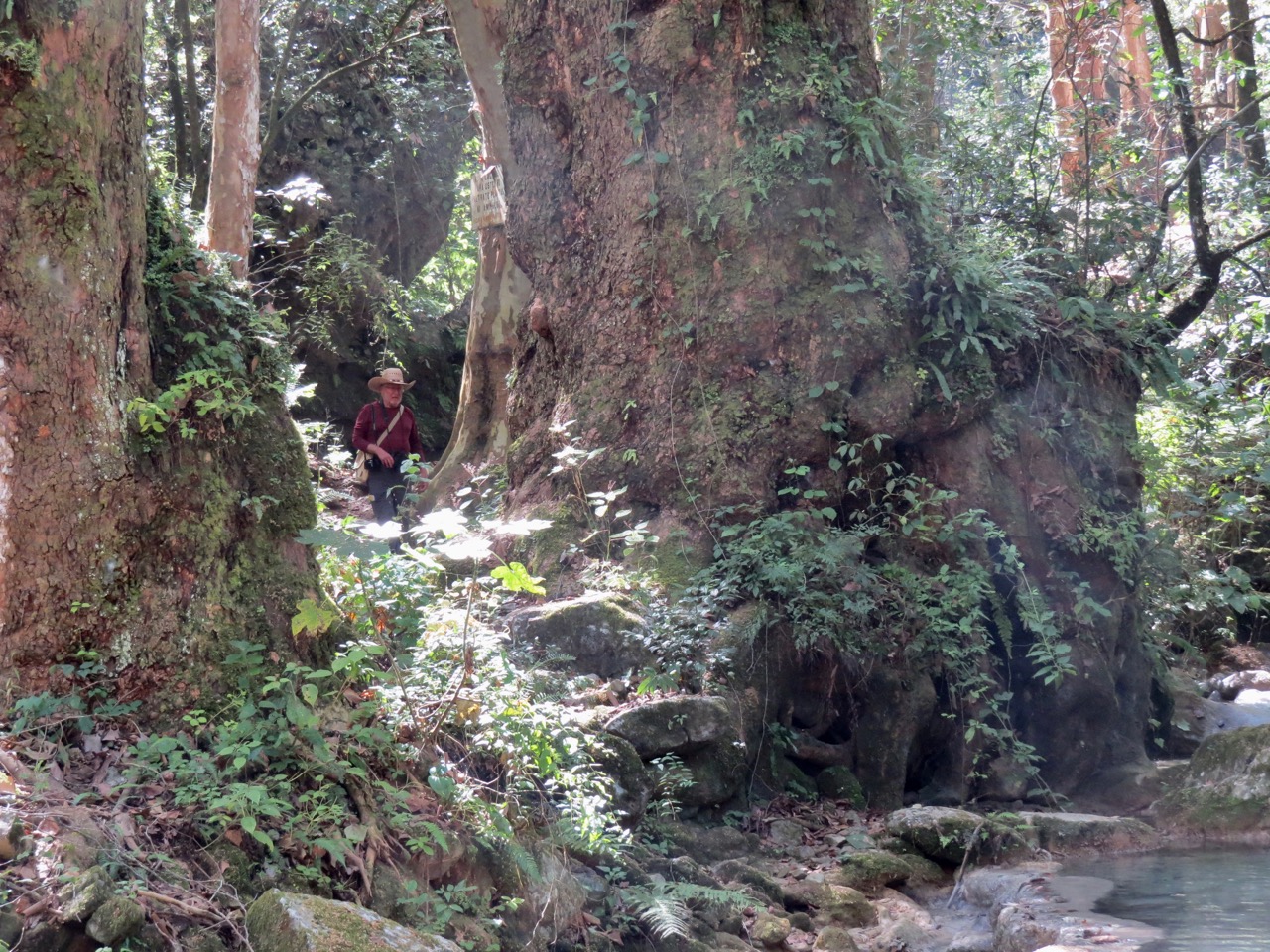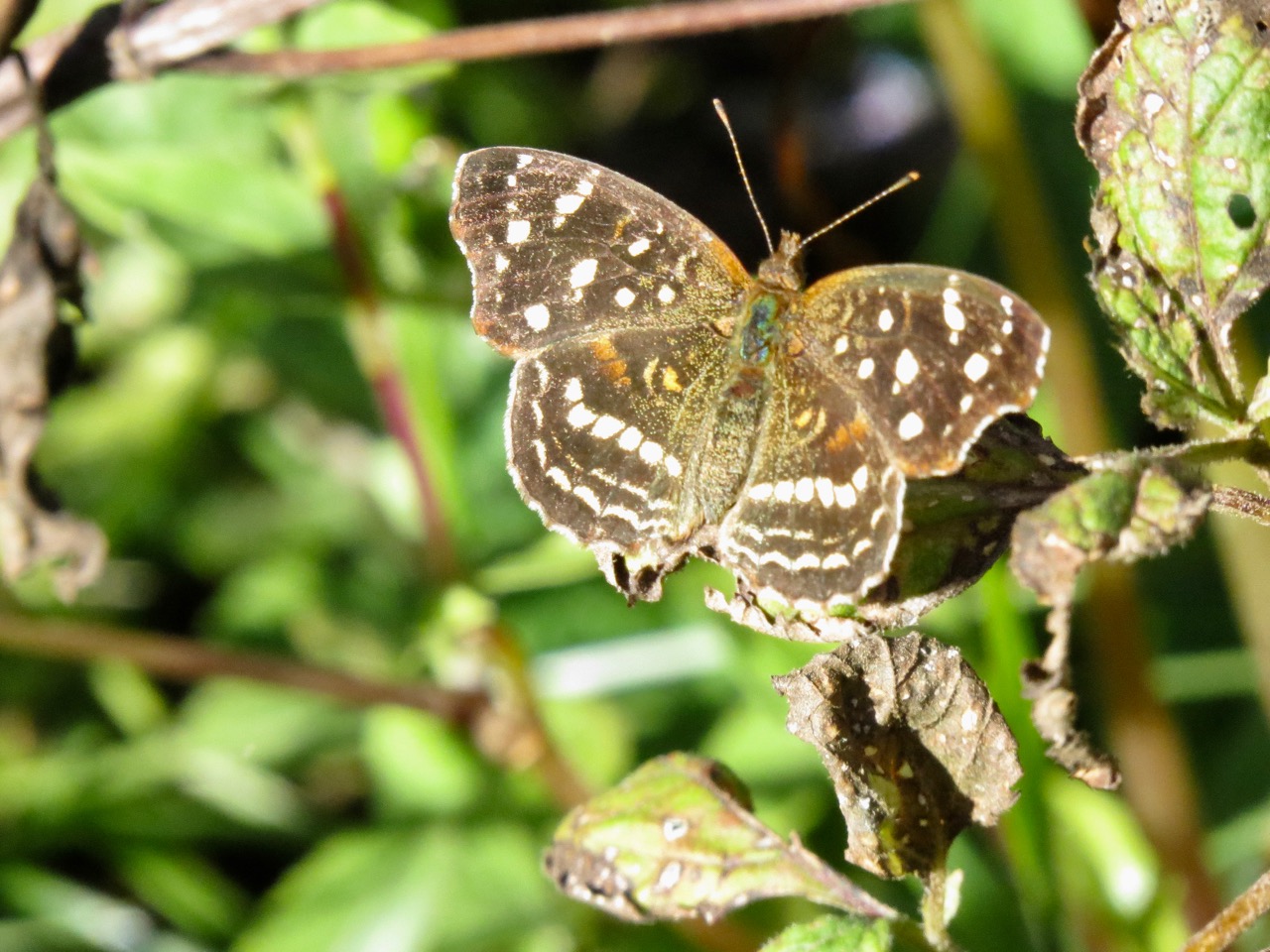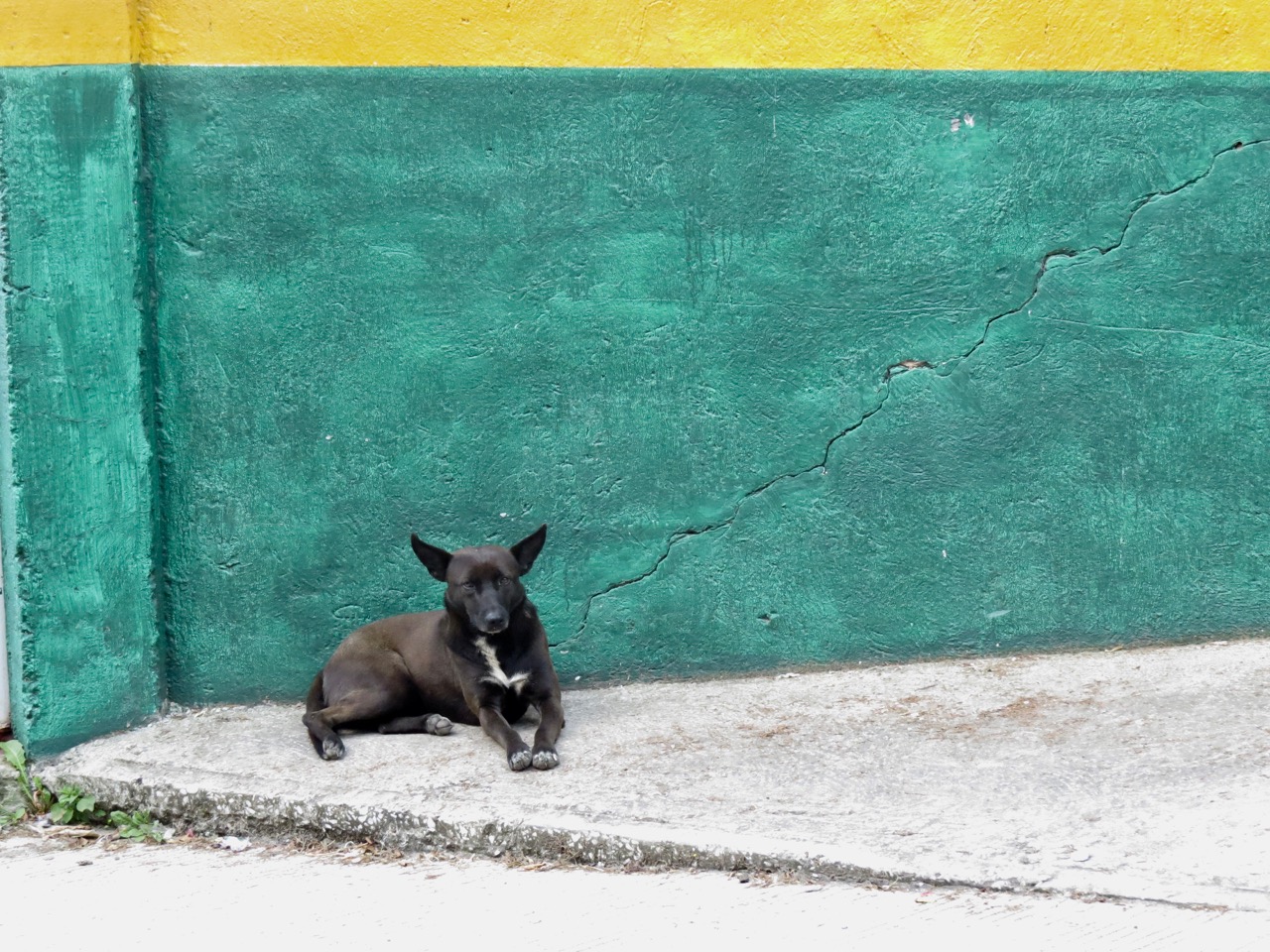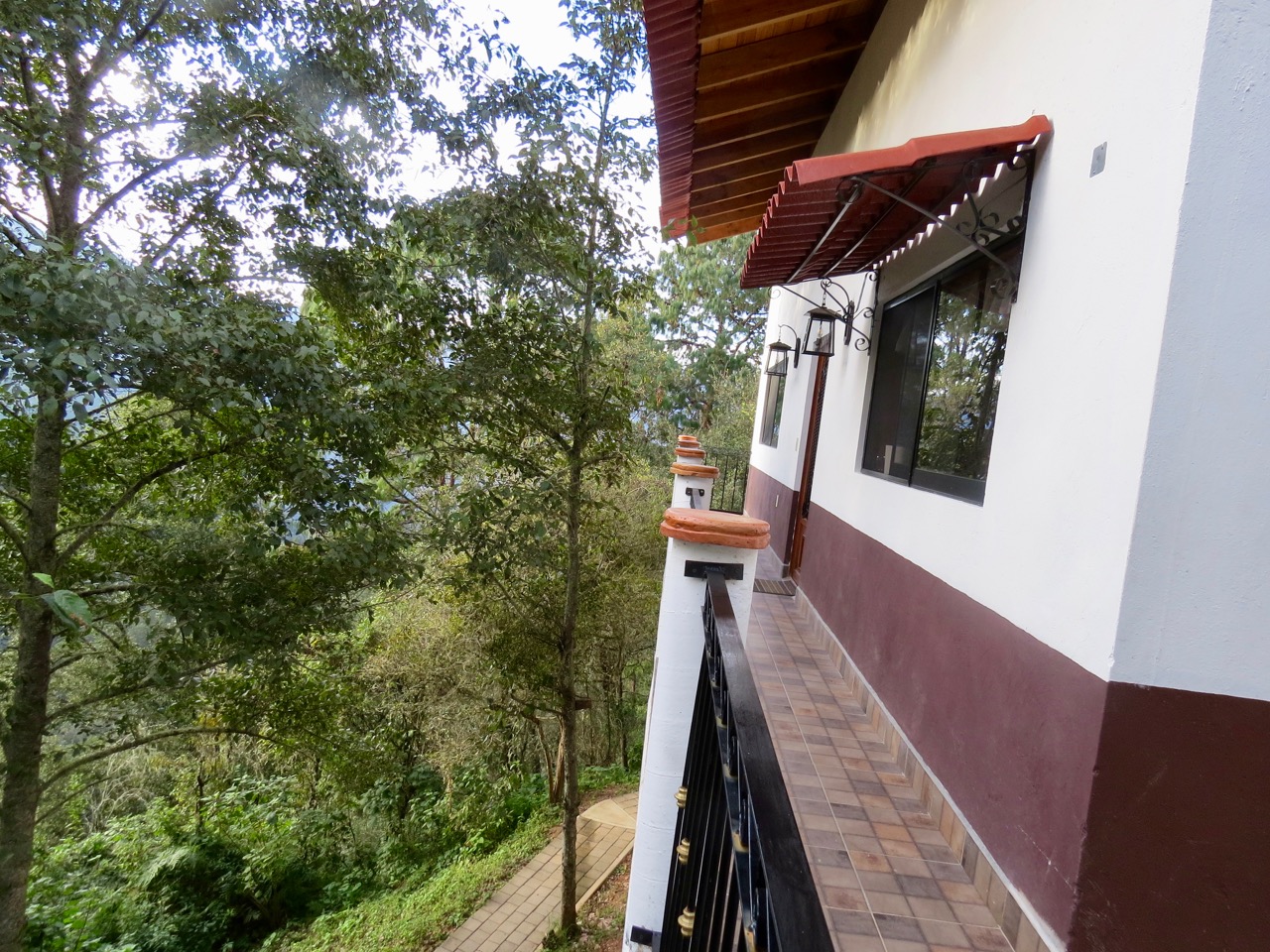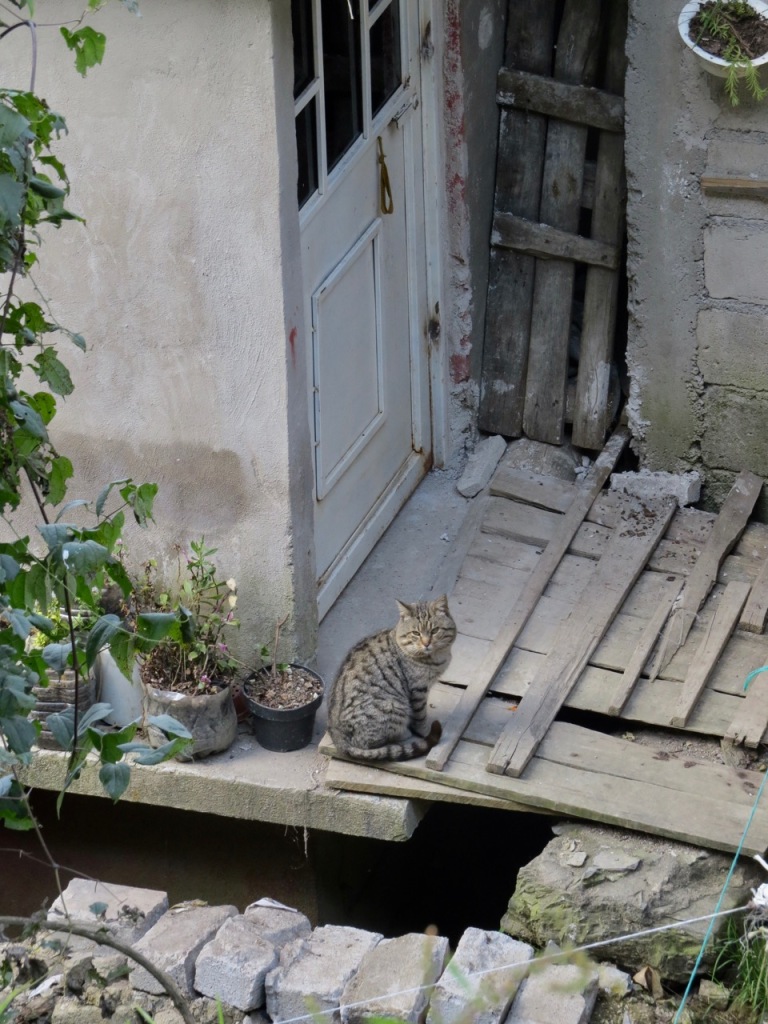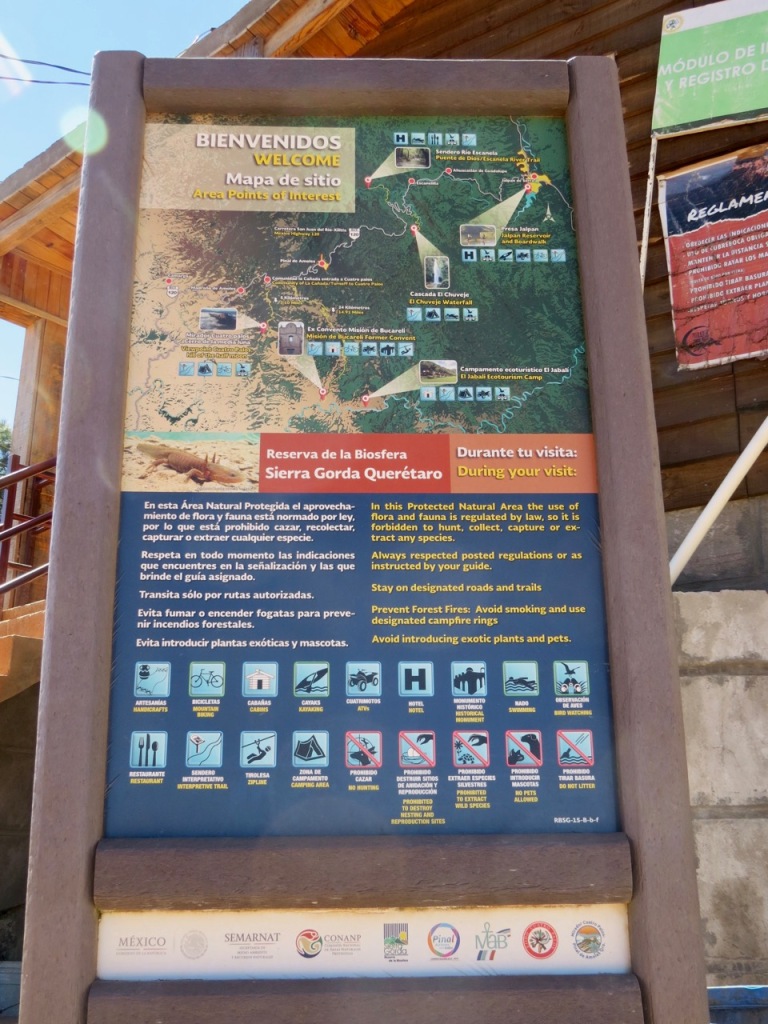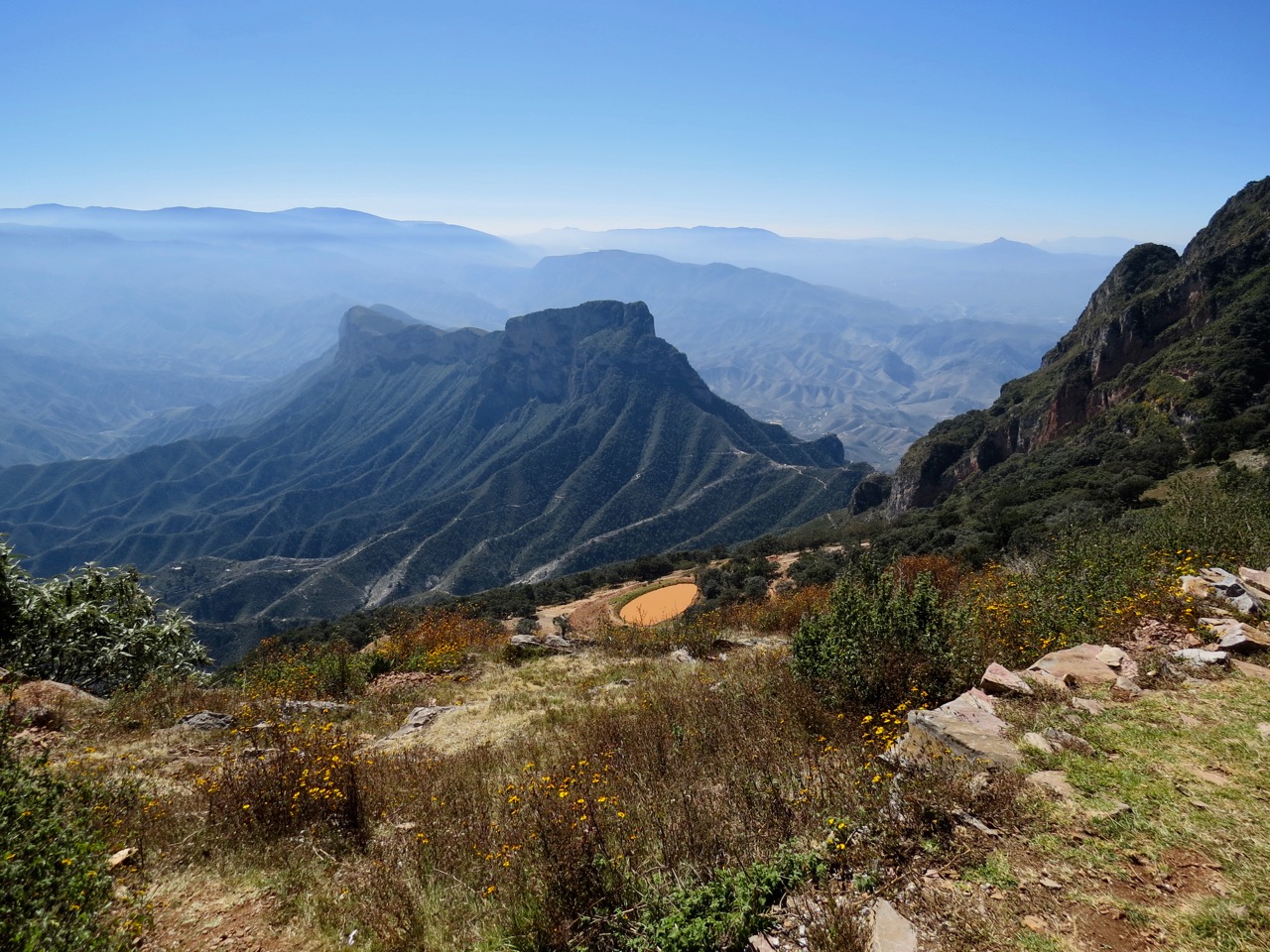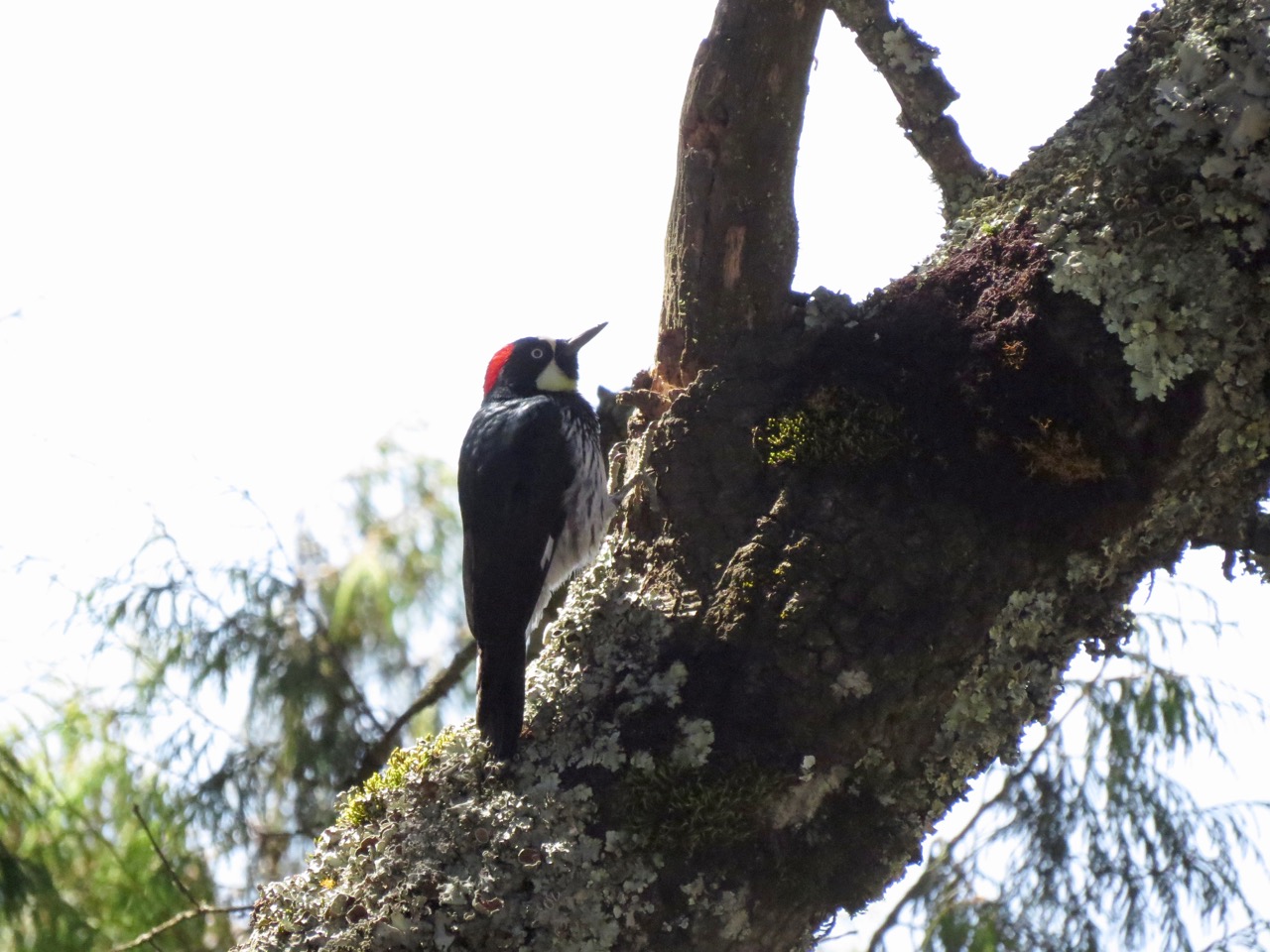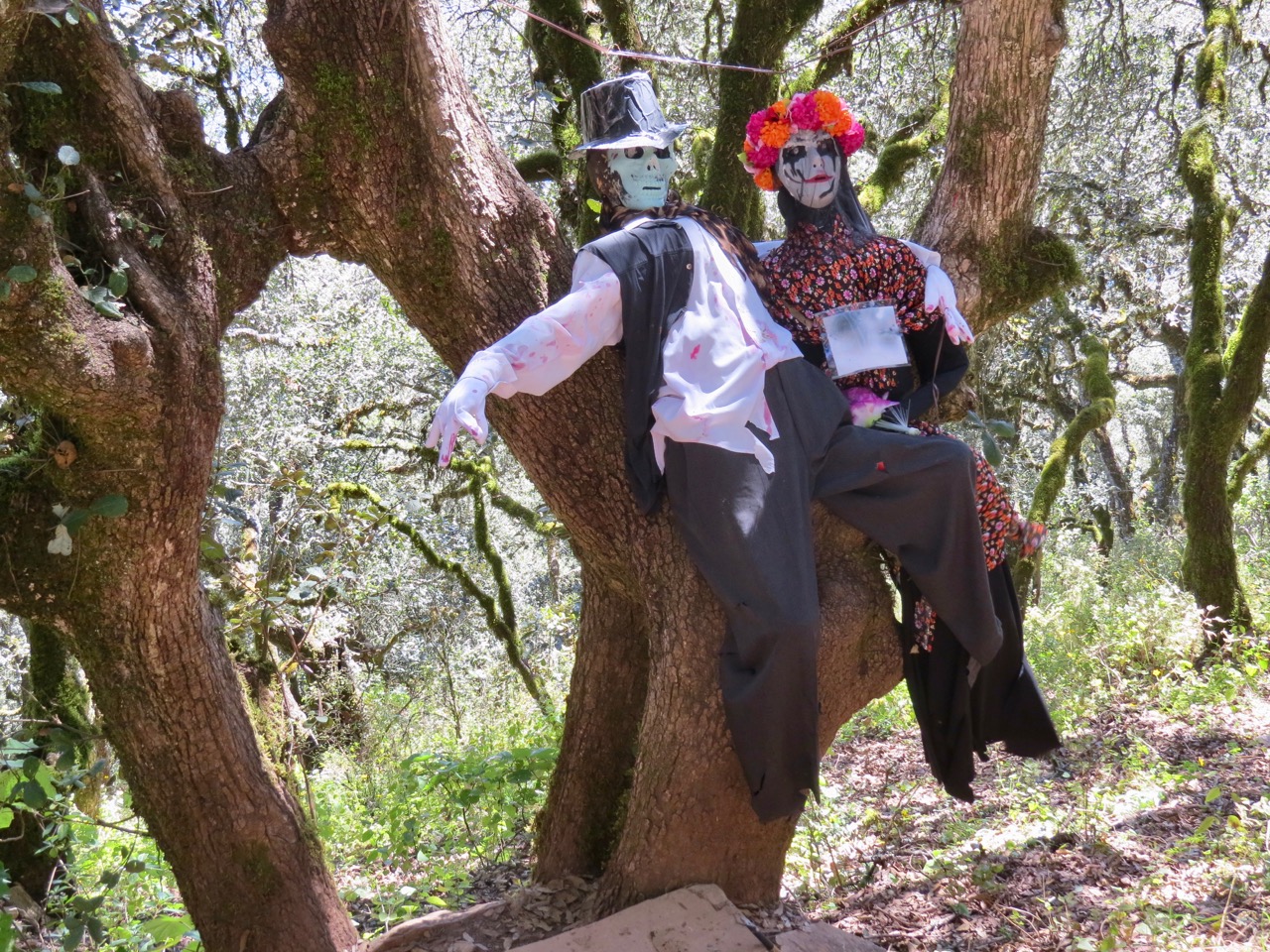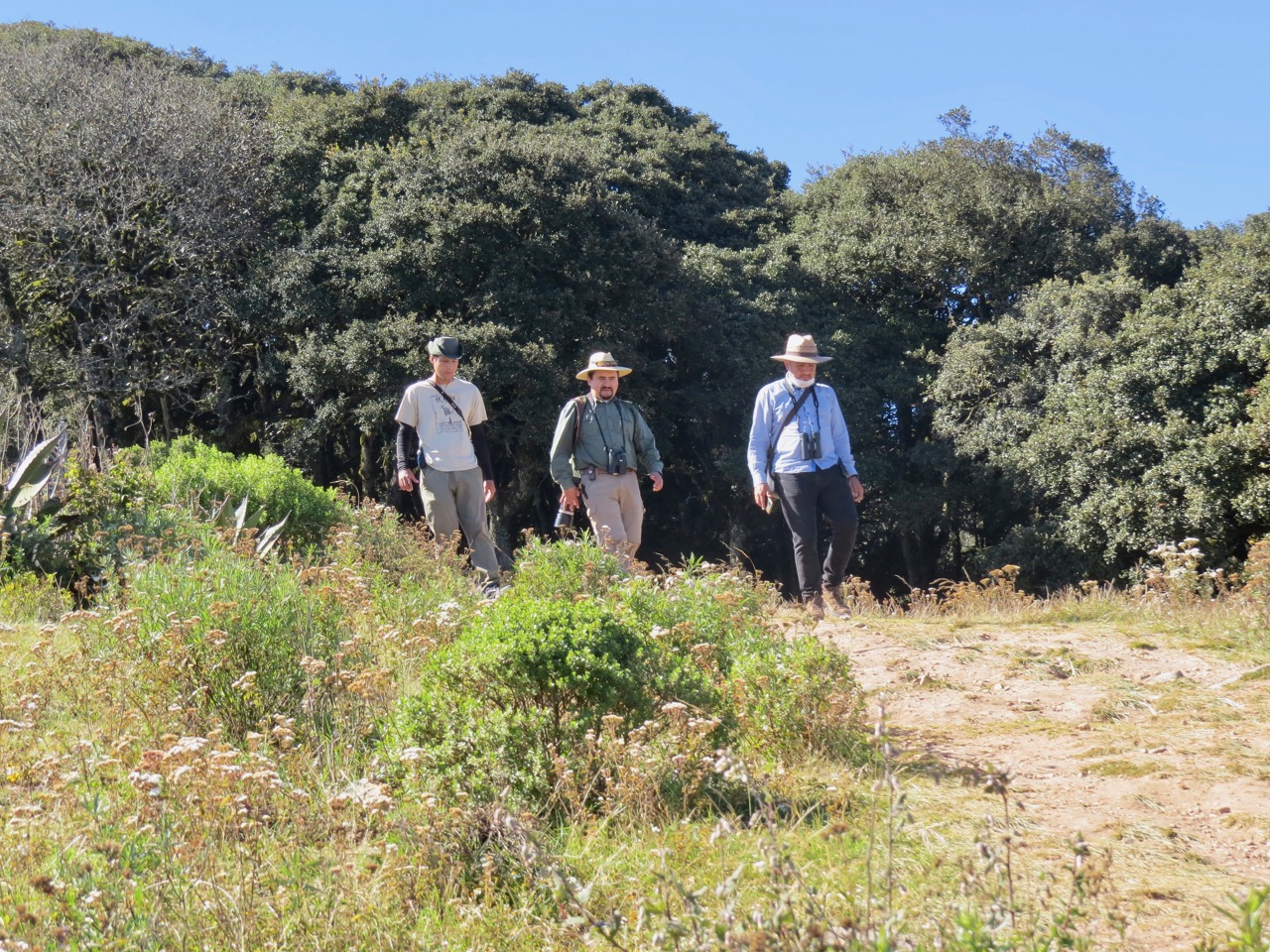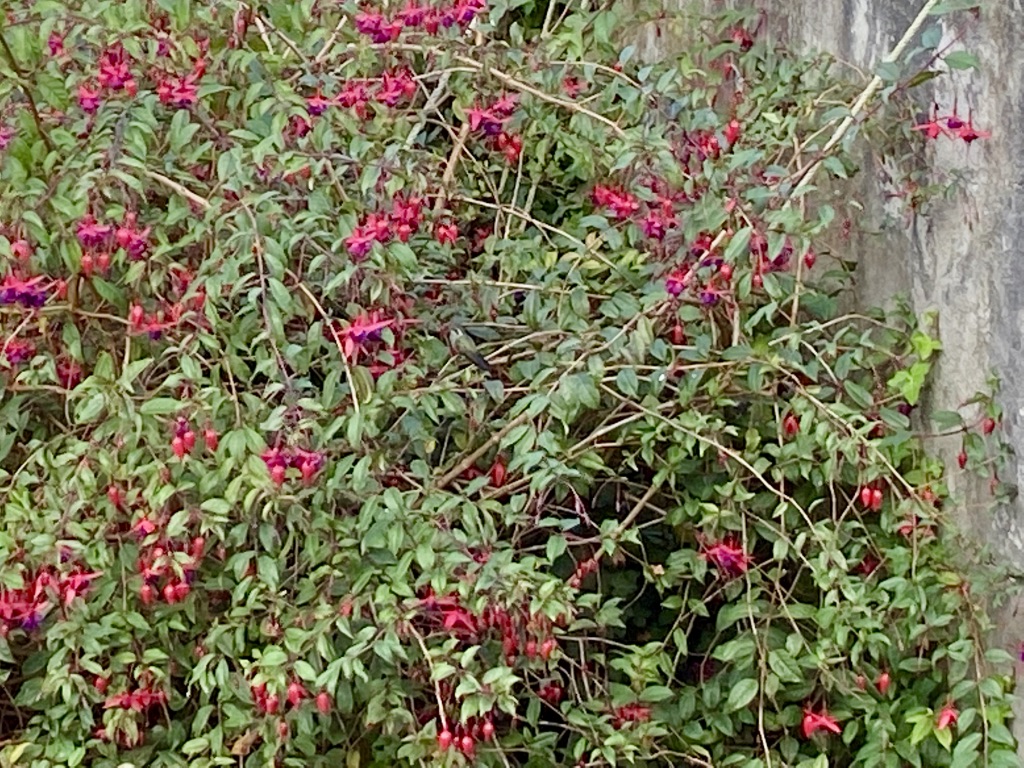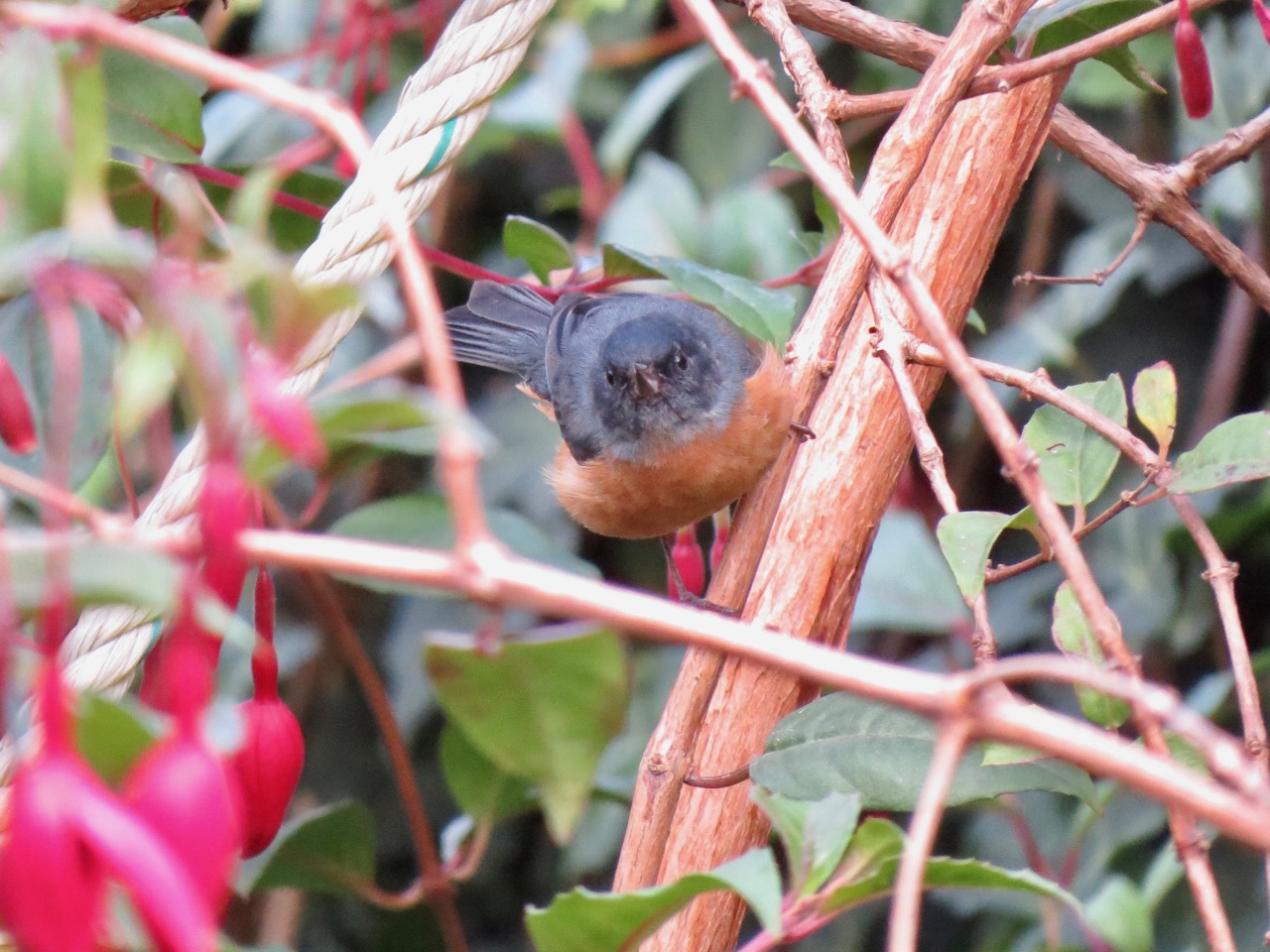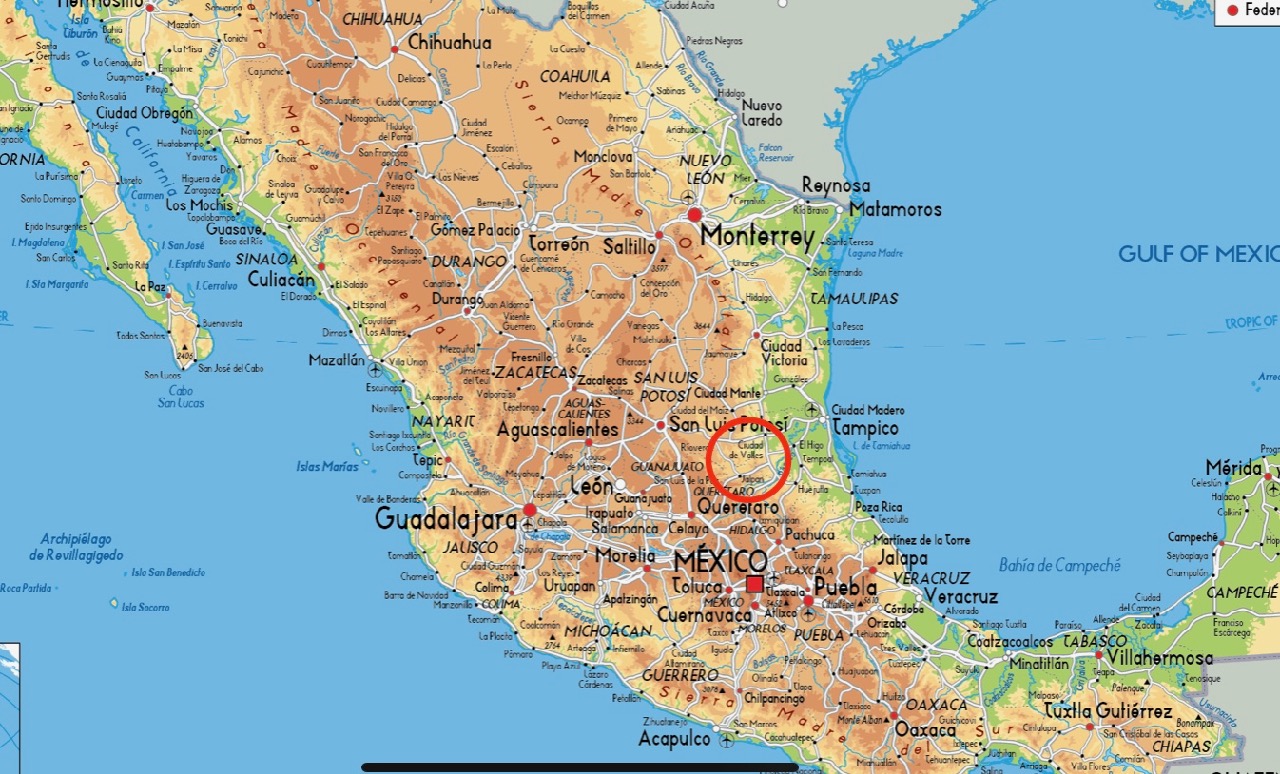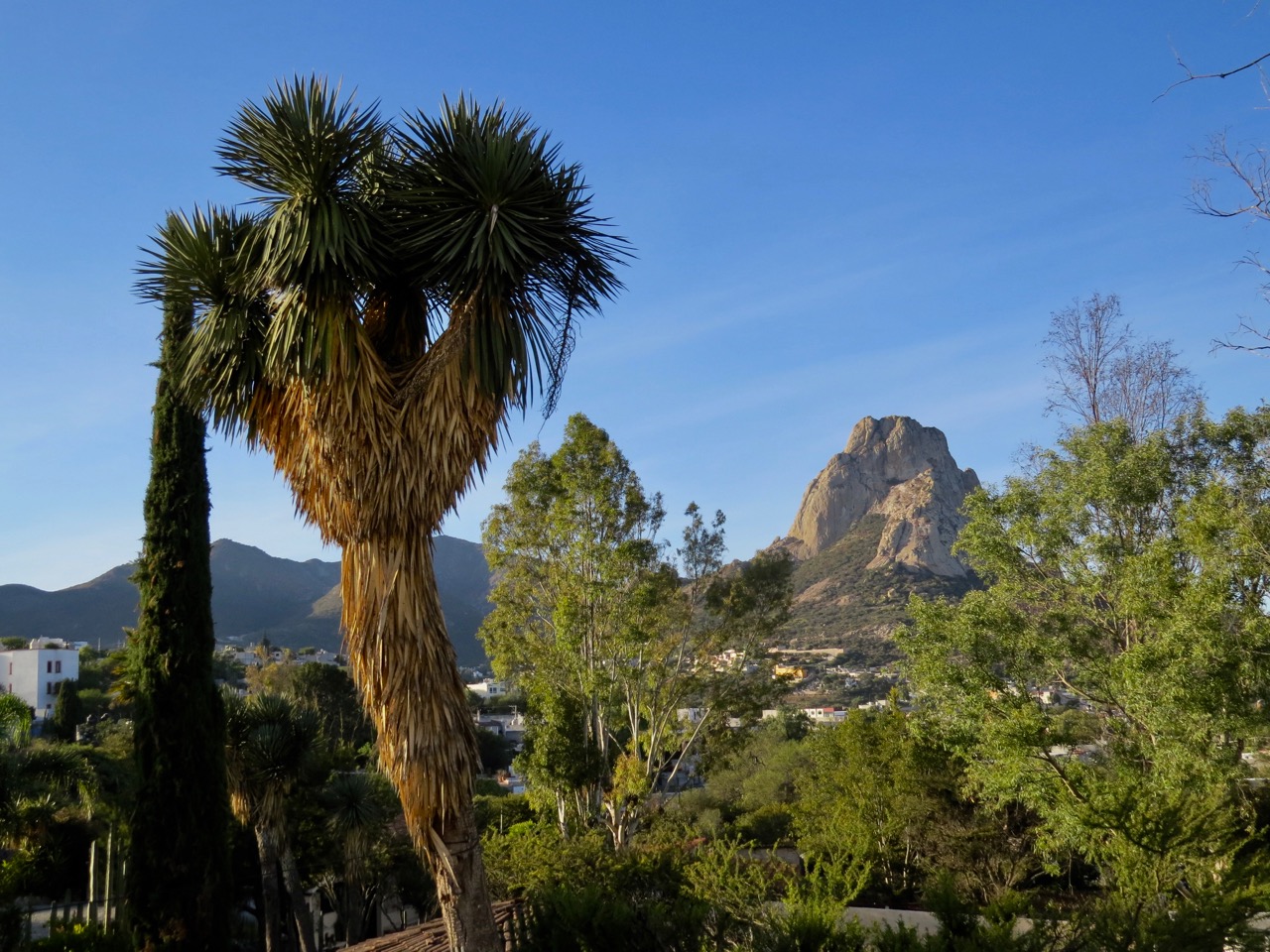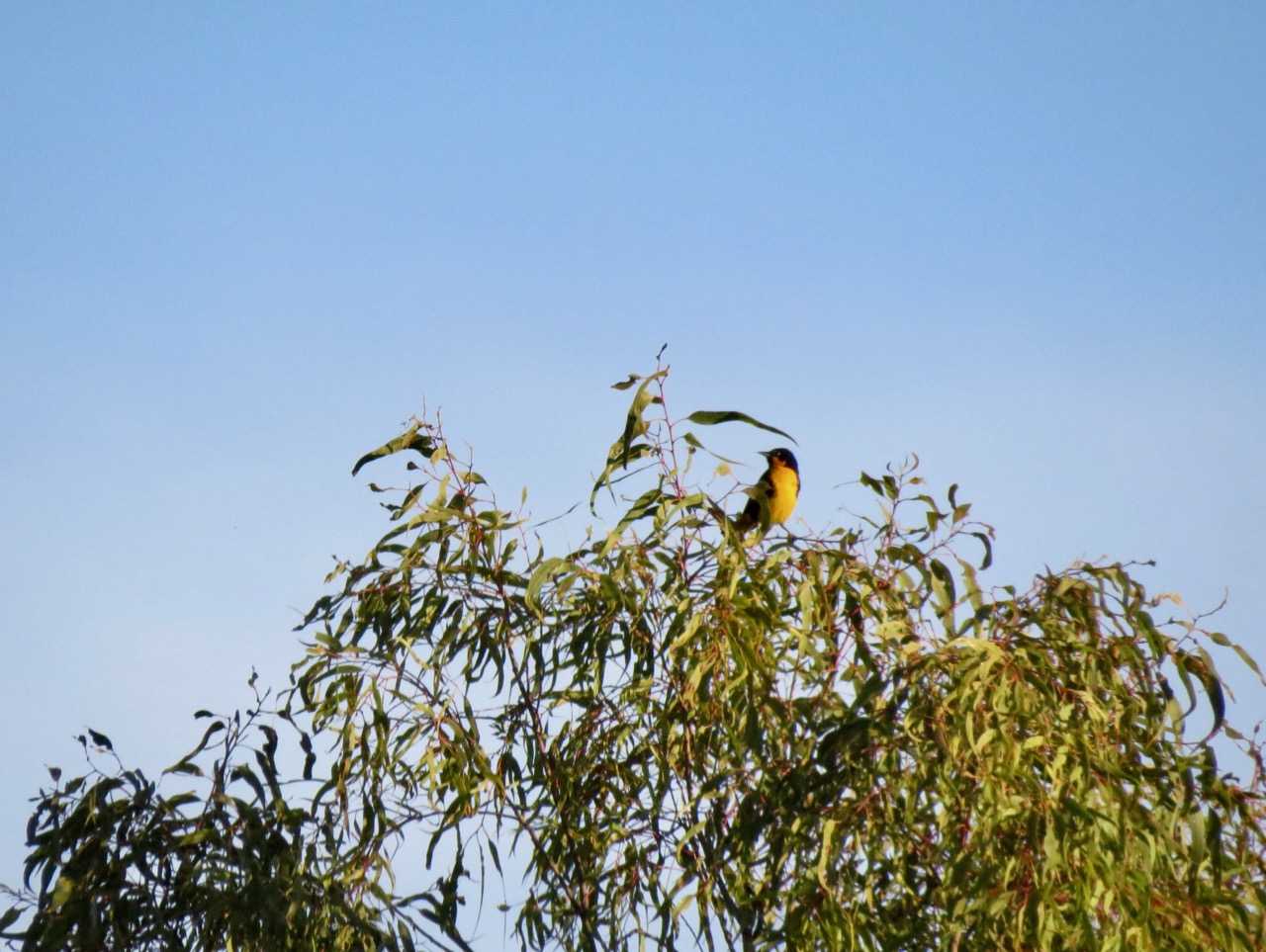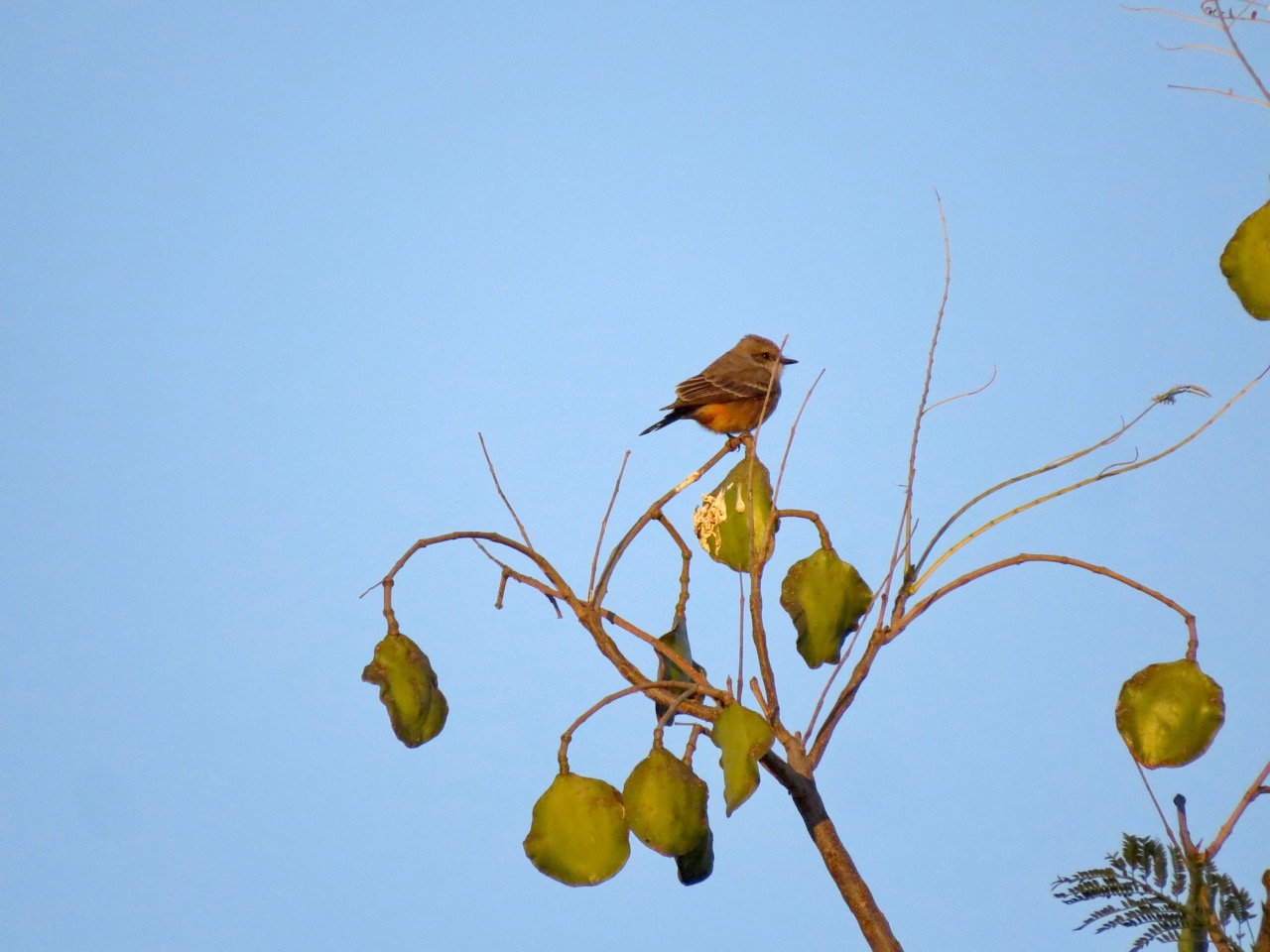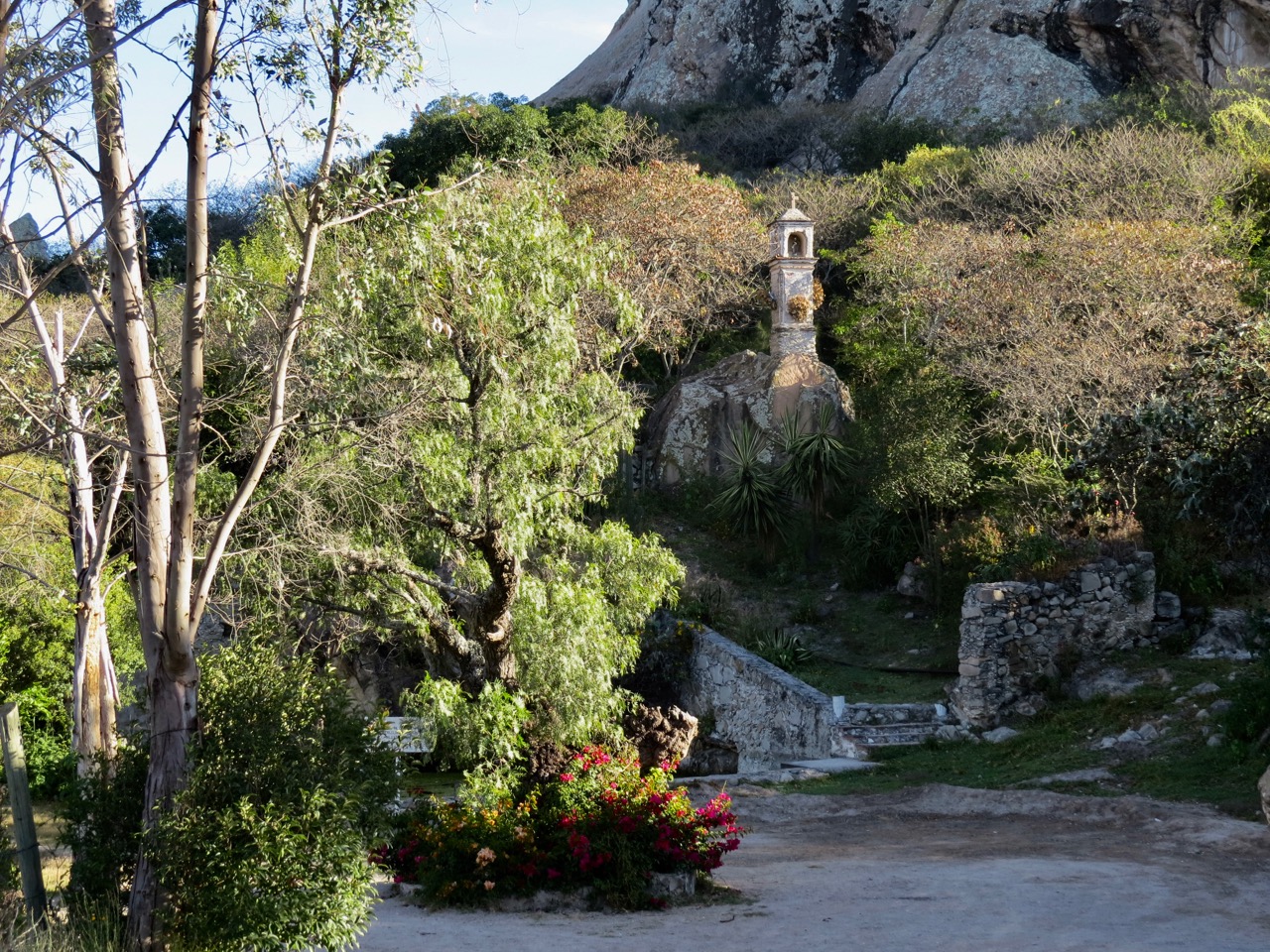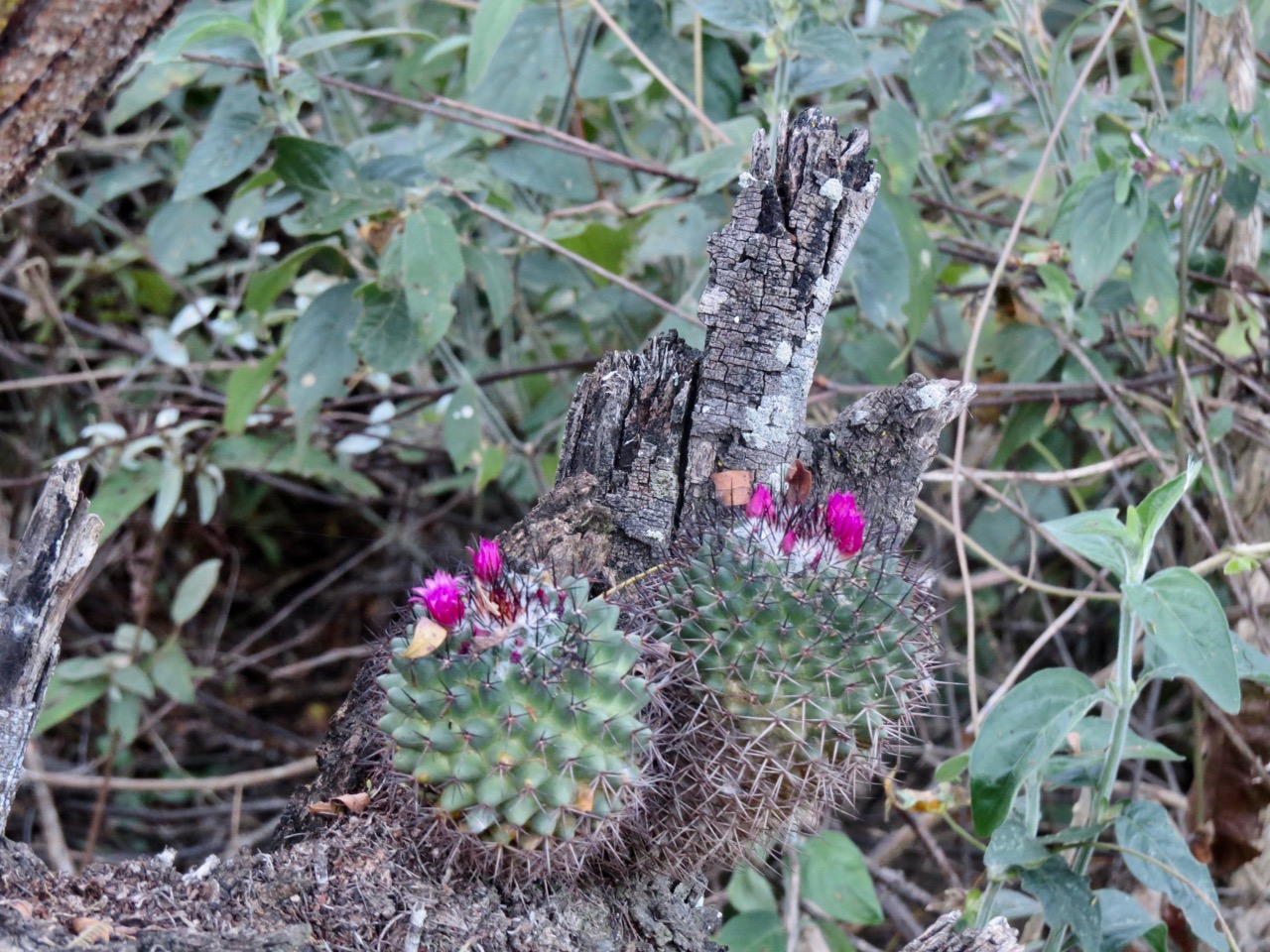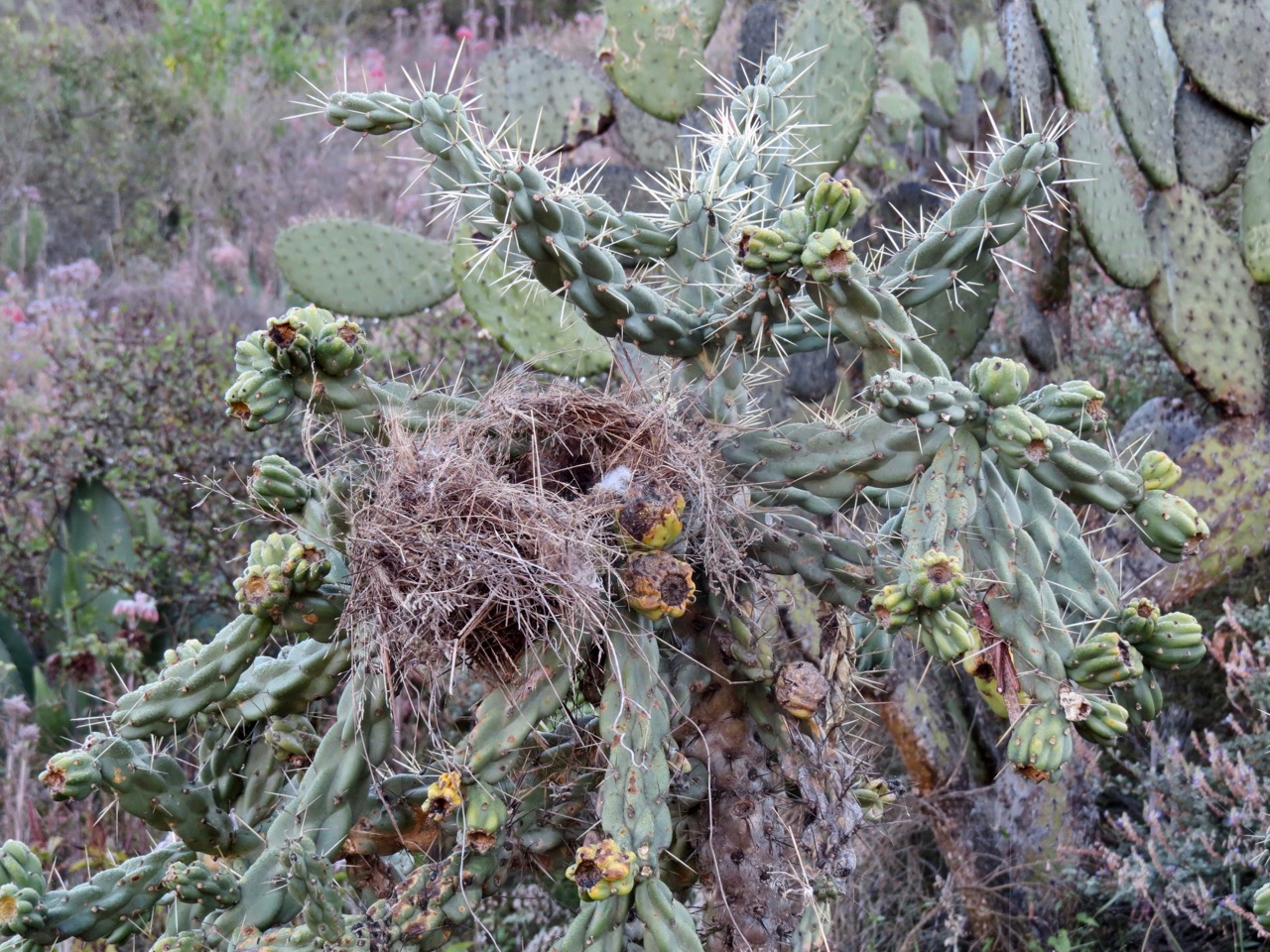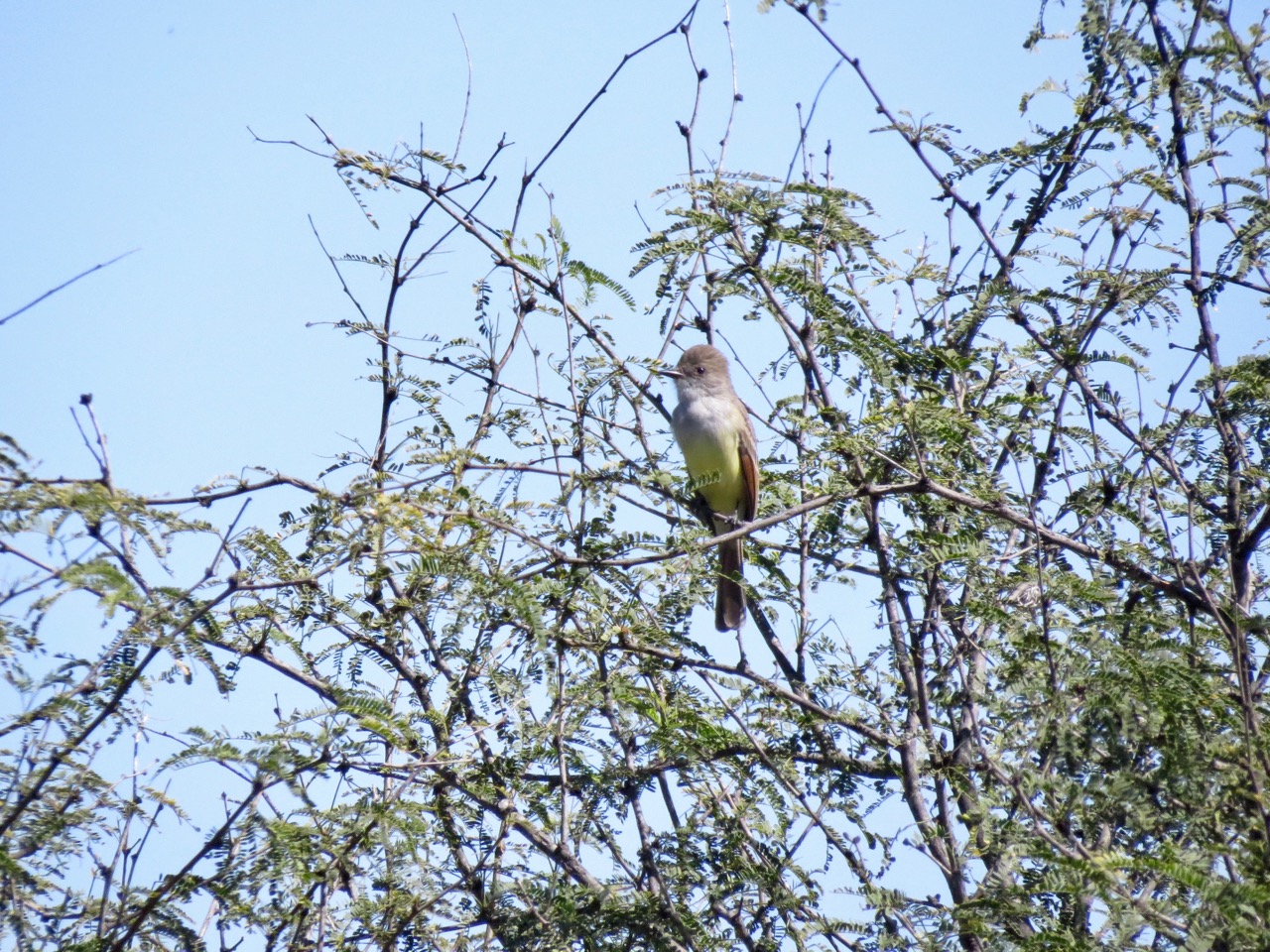DAYS ELEVEN AND TWELVE – SÓTANO DE LAS HUAHUAS AND HOTEL CASA MARIA ANTONIETA
We were up very early in the morning for our drive to Sótana de las Huahuas. Our goal was to arrive in the dark and begin our long, steep, flashlit climb to this deep sinkhole, which is 60 metres in diameter and 478 metres deep. The plan would allow us to be present at first light for the spectacle of tens of thousands of White-collared Swifts as they gradually rise from their roosts, in swirling masses, and lift off to forage for the day. Green parakeets (huahuas) are also present in numbers.
The ascent is only about one kilometre in length but it’s very steep and the steps are hewn from rough and slippery stone, a challenge in the dark. This may be the reason that Sótano de las Huahuas is much less touristy than Sótano de las Golondrinas (swallows), which is nearby. We made it to the top, huffing and puffing. Peering over the edge is not advised for the acrophobic. It’s quite a sight!


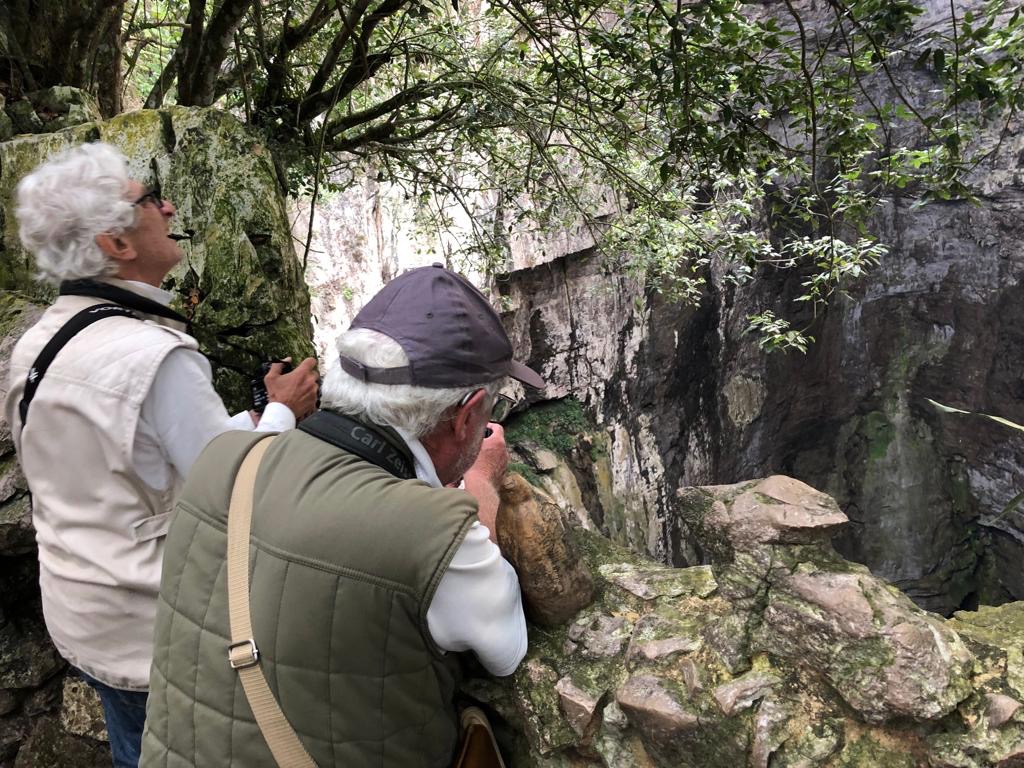

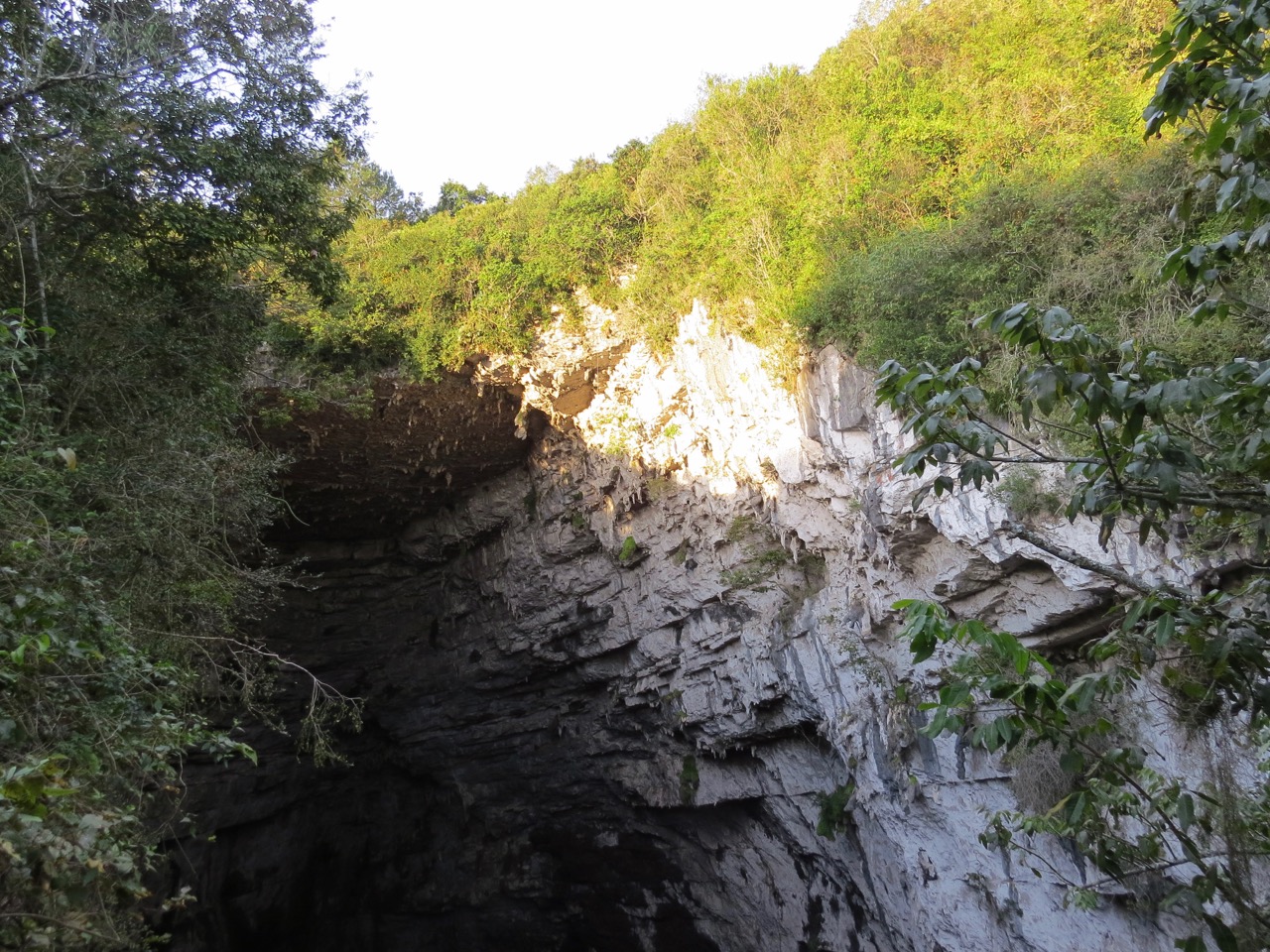

It wasn’t long before the birding action began. I was disappointed to find that my camera couldn’t focus on the swallow spectacle as well as the far edge of the sinkhole but I’ll offer one photo of just a few of the White-collared Swifts.

As we took in the show, I noticed another bird far down below us. I got on it with my binoculars and realized that it was a Peregrine Falcon looking for breakfast! Soon, the Green Parakeets turned up and many perched and preened quite close to our group.
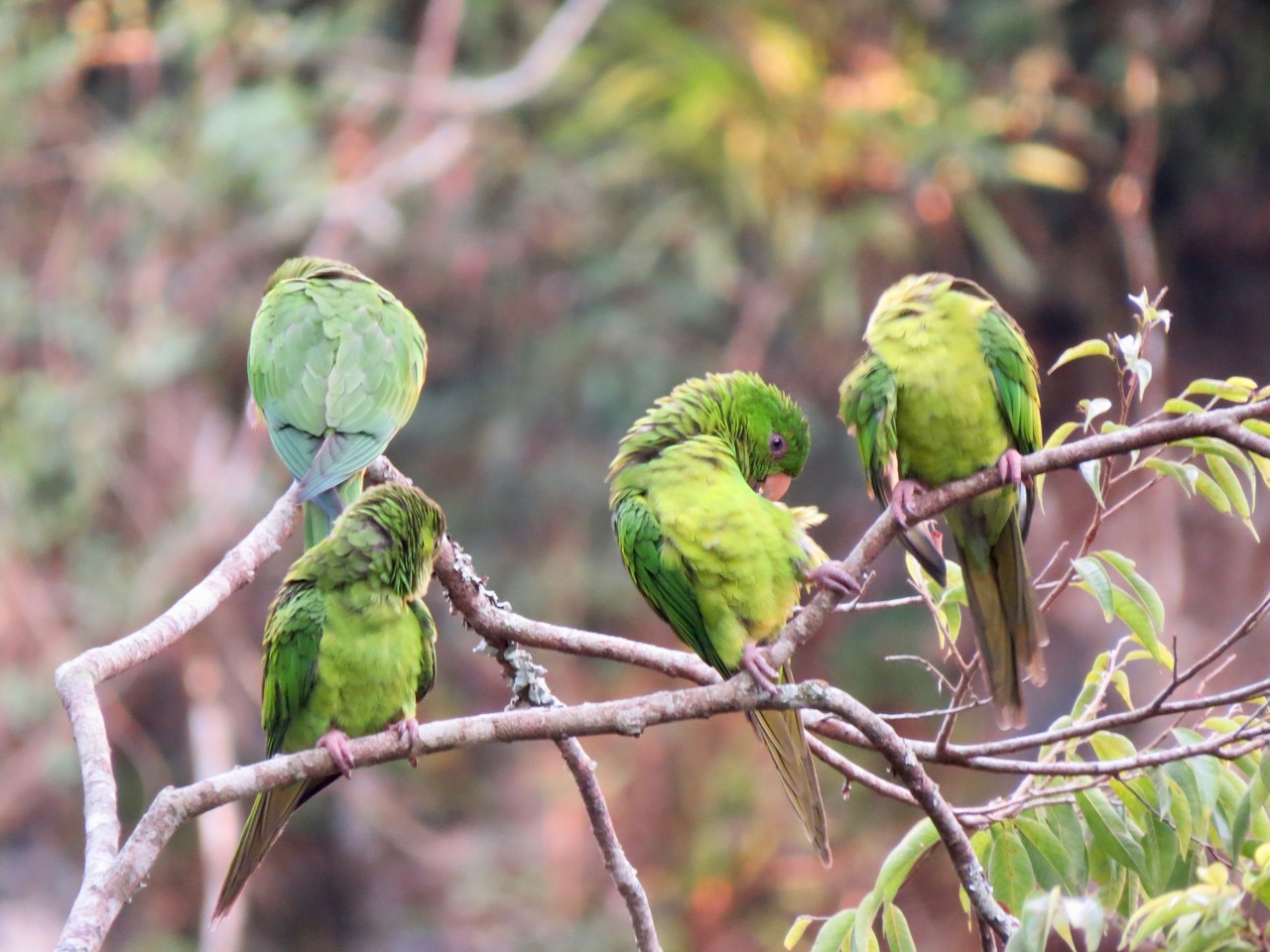
The next sighting was a real treat and something that we hadn’t expected. Up to twenty Military Macaws flew over in pairs and small groups. I’d missed this beautiful species on a past trip to west Mexico and savoured great looks (crappy photos, again) of this lifer. The Military Macaw is endangered and the current wild population is estimated at only 3,000 to 10,000 individuals. They continue to decline in numbers due to habitat loss and illegal collection for the pet trade.

We’d had the lookout completely to ourselves and eventually made our descent. The birding was quite good on the way down. Our highlights included views of Gartered and Collared Trogons, Lineated Woodpecker and Collared Forest-Falcons. A Ferruginous Pygmy-Owl called as did an insistent Northern Emerald-Toucanet. There were other nice sightings, as well, and a few allowed me a photo. This Blue-crowned Motmot is endemic to the region. The image of it from behind is blurry but I want you to see it’s unique, racket-shaped tail.


I saw a few Masked Tityras, a great looking creature, on this tour but they were always pretty much overhead.

At a lower elevation, we found ourselves in a shade-grown coffee plantation that was full of birds. Overall, our morning list tallied 51 species.
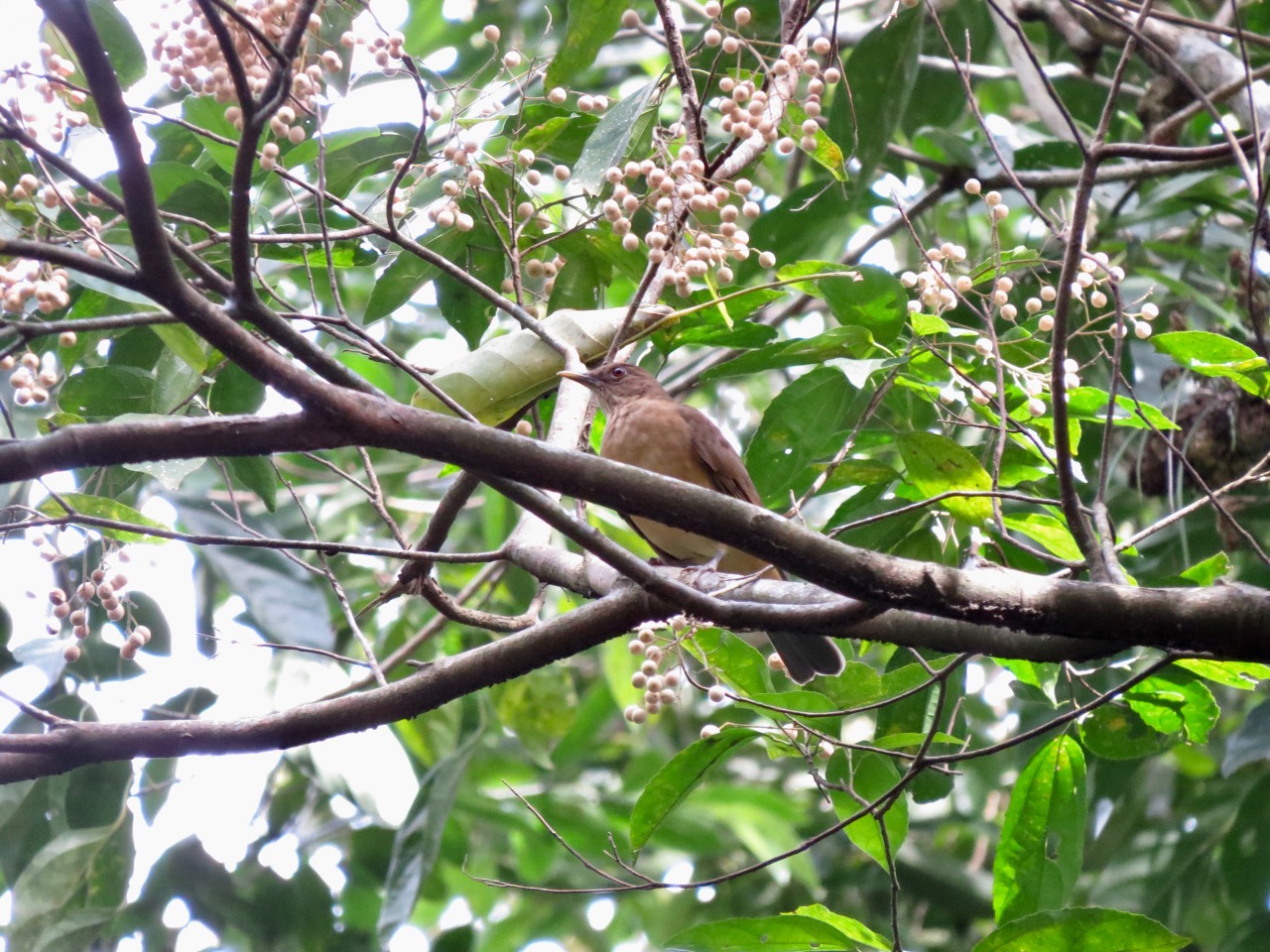


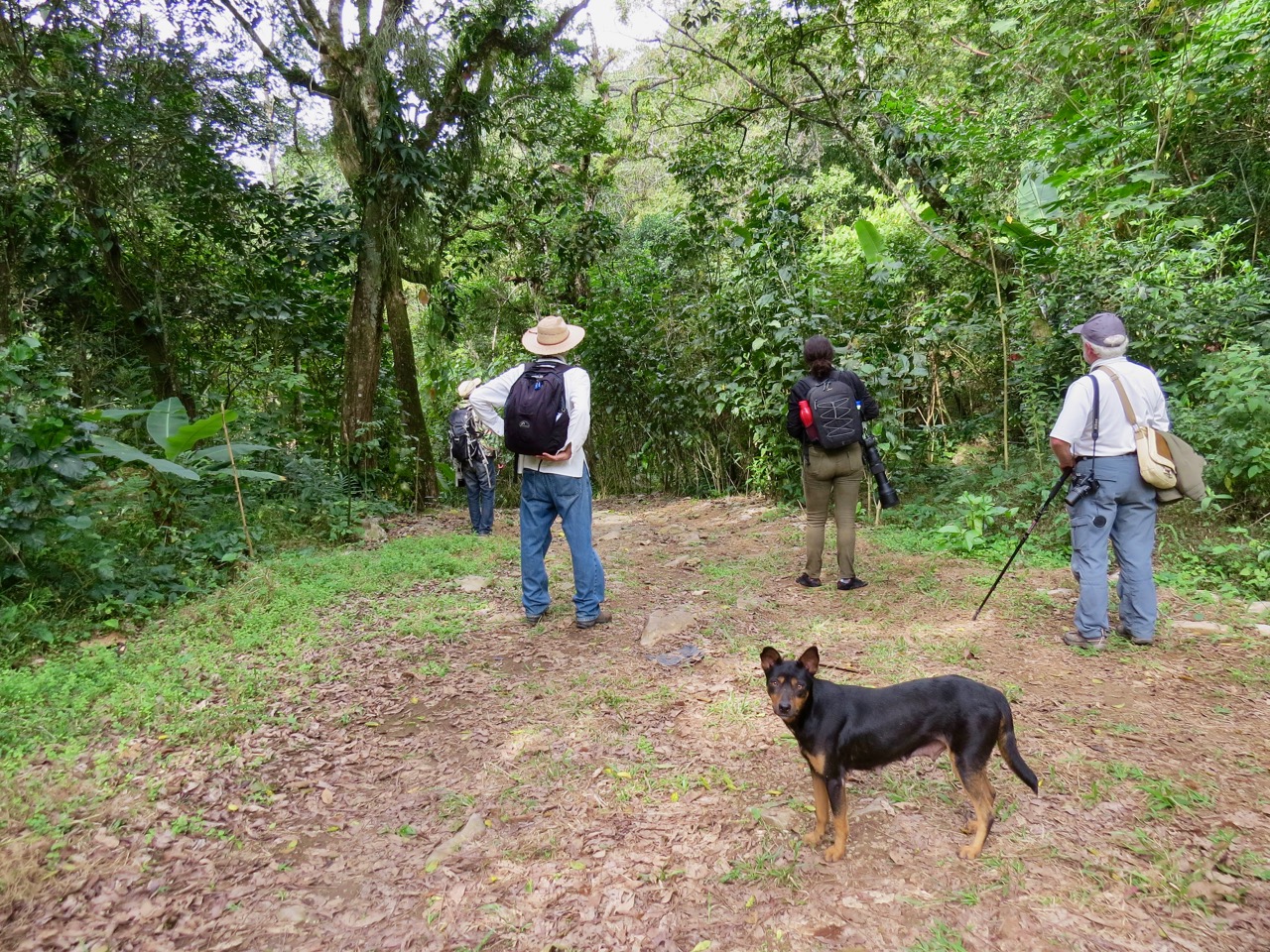

Alas, the time came to return to the vehicles and bid farewell to our wonderful guide, Alejandra, and her friend, Jésus. We’d gone as far northeast as our schedule would allow and we began to double back on our route. We made a roadside lunch stop and arrived later on at the very charming Hotel Casa Maria Antonieta. An hour or so of daylight remained and I poked around the grounds.

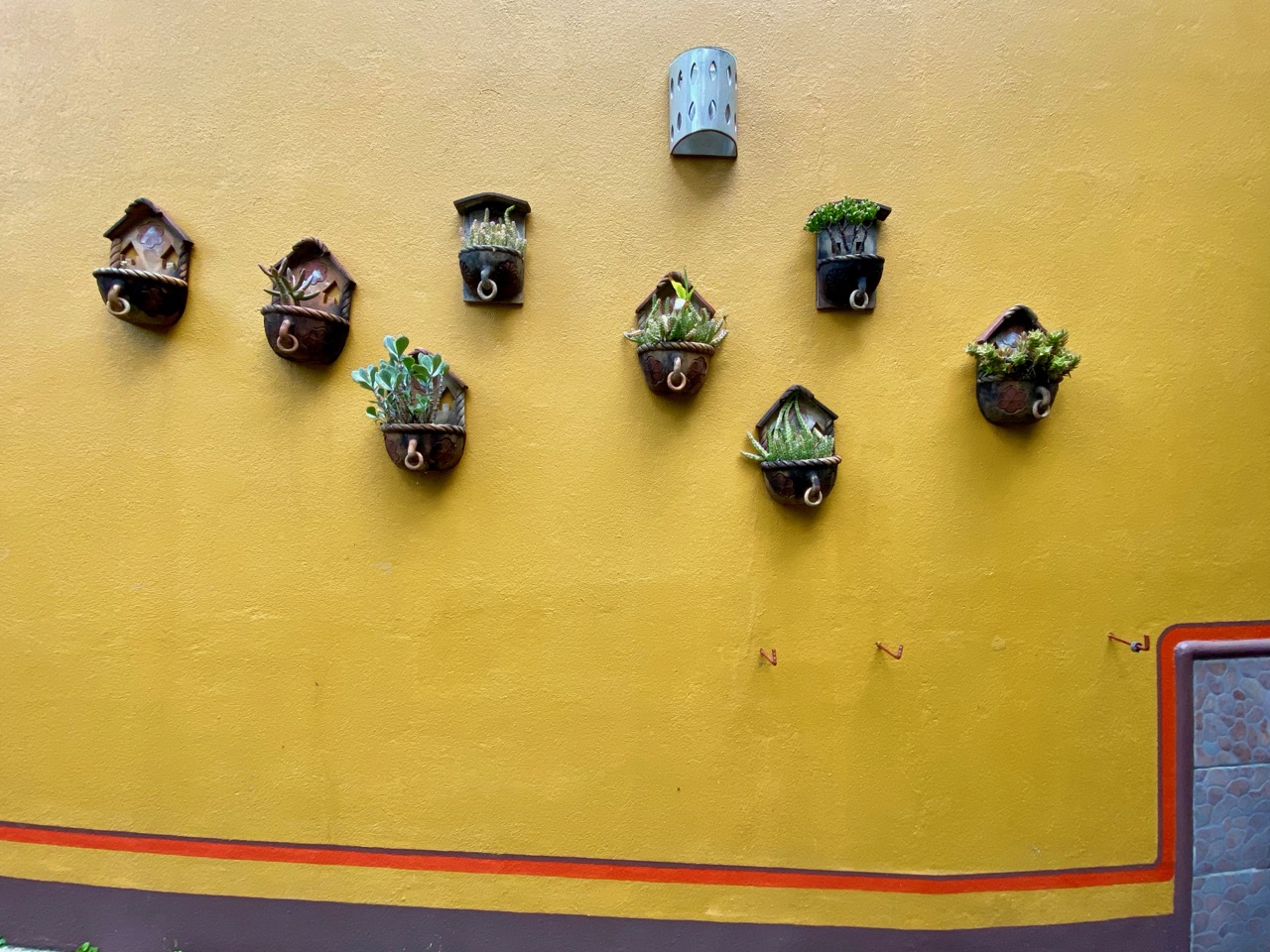



The hotel owner was not present for our stay but we were very well cared for by the sisters, Candy and Merīda. A hearty dinner was followed by a few adult beverages on the terrace.
The next morning was to be our last of the tour. We would drive to San Miguel de Allende, a city I know quite well as I’ve led ‘en plein air’ watercolour workshops there for almost twenty years. First, however, Candy offered to lead us on an early hike up the nearby river. It was cool and shady and high cliffs obscured the rising sun.
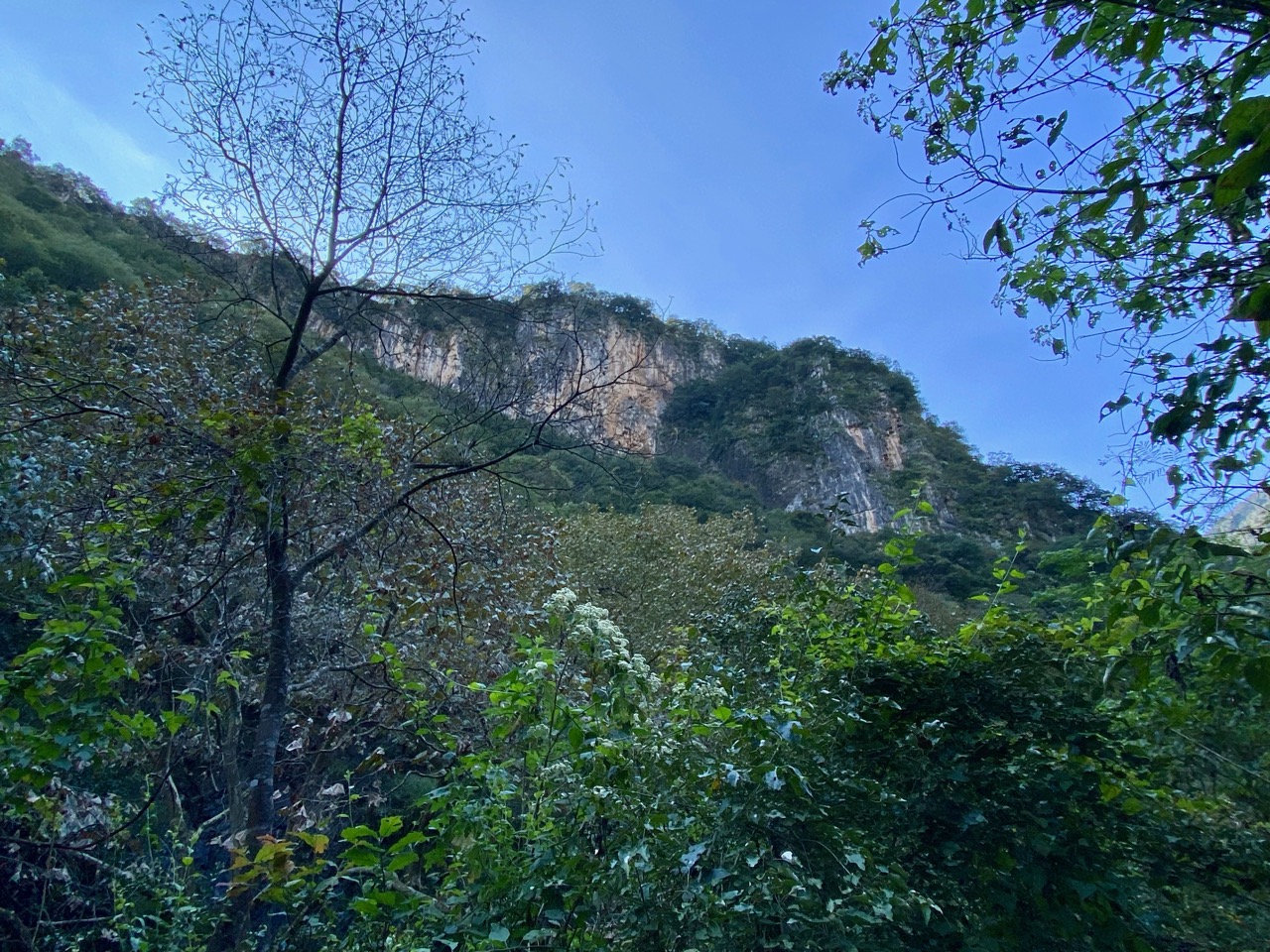

Candy navigated us past some nasty village dogs but most of them were shy and friendly. At one point, she stopped to pick a handful of hierba santa leaves, which she would use in food preparation.

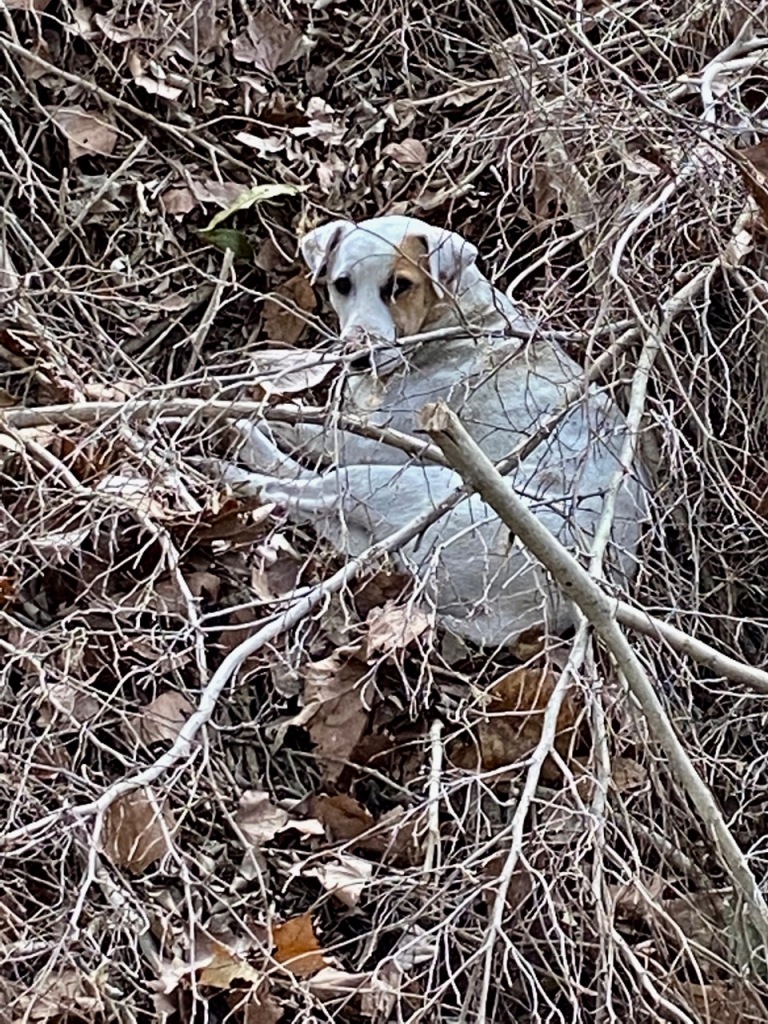
Following the hike, our last lunch together was taken at a nearby restaurant. We then settled into the drive and looked forward to a few days of unwinding, and pre-flight covid tests, in San Miguel de Allende.

I can’t recommend the magical Sierra Gorda Biosphere enough and, if you go, definitely consider the services of Rodrigo Lopez and Travelian Tours. Everything went without a hitch, our guides were excellent and Rodrigo will always go the extra mile for his guests. A special mention goes to Alejandro Gutierriez, who was great company and an expert driver. Look him up if you’re in San Miguel de Allende! His entertaining walking tours are both fun and educational.
Our group recorded 219 species overall. I didn’t see or hear them all but that’s par for these experiences and I added 27 species to my life list. We ate and slept with local businesses and supported sustainable birding projects. Every dollar we spent stayed in Mexico (except for our flights). We all got along extremely well. Thanks for following! I hoped you enjoyed the tour.
















